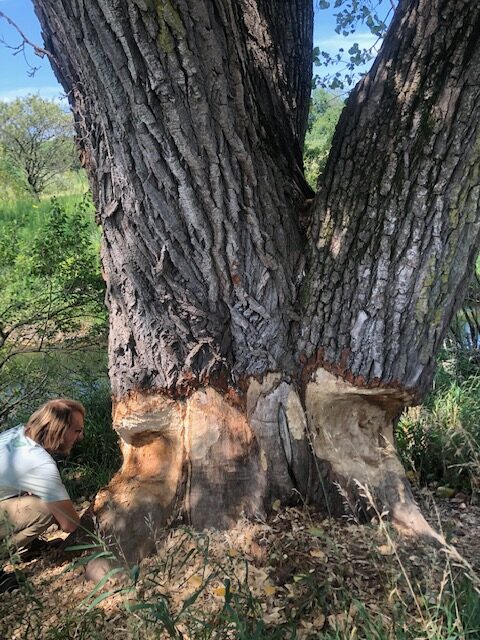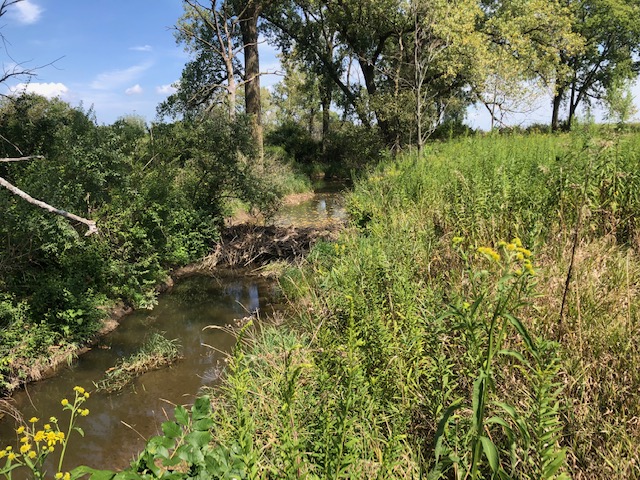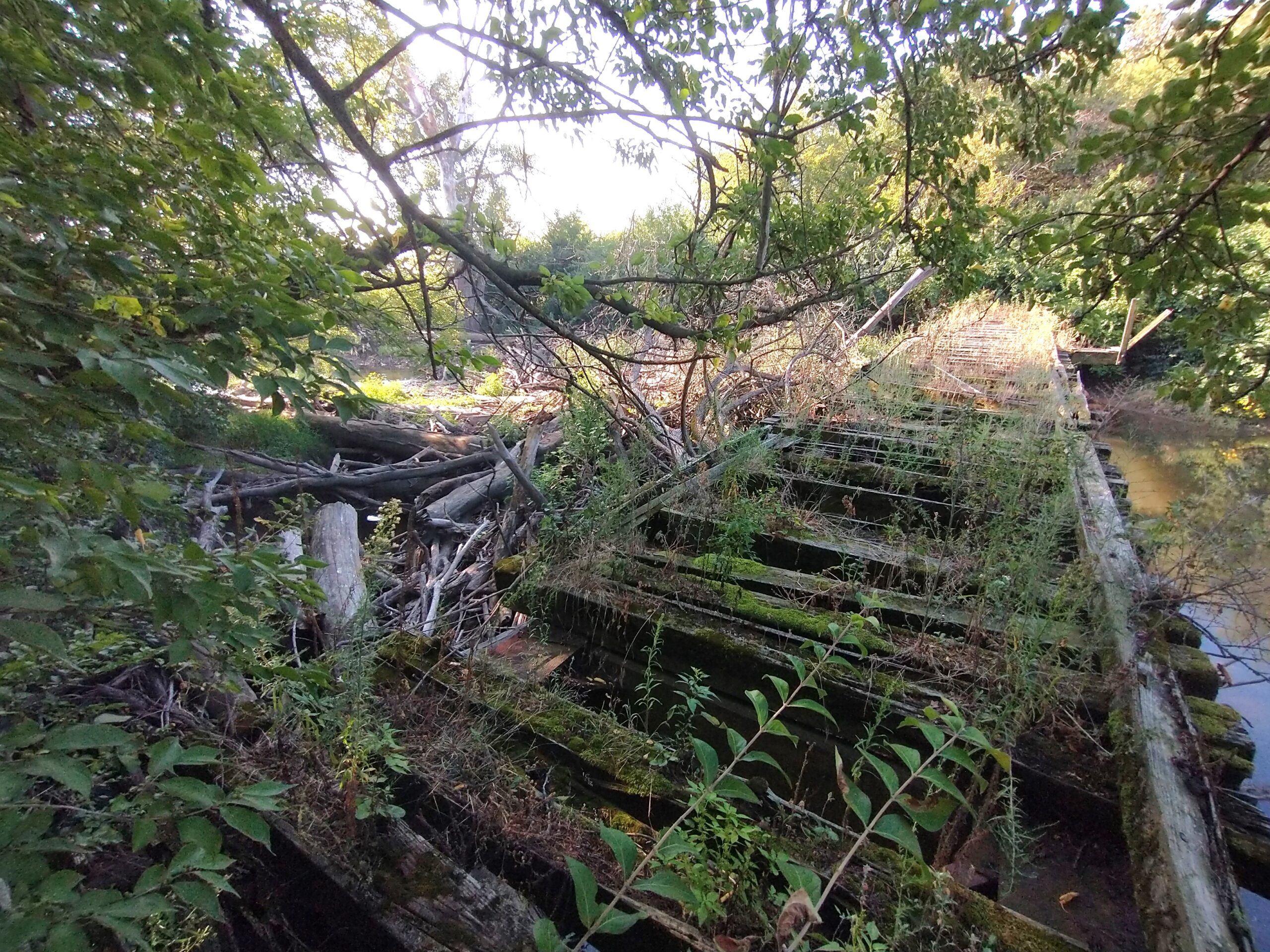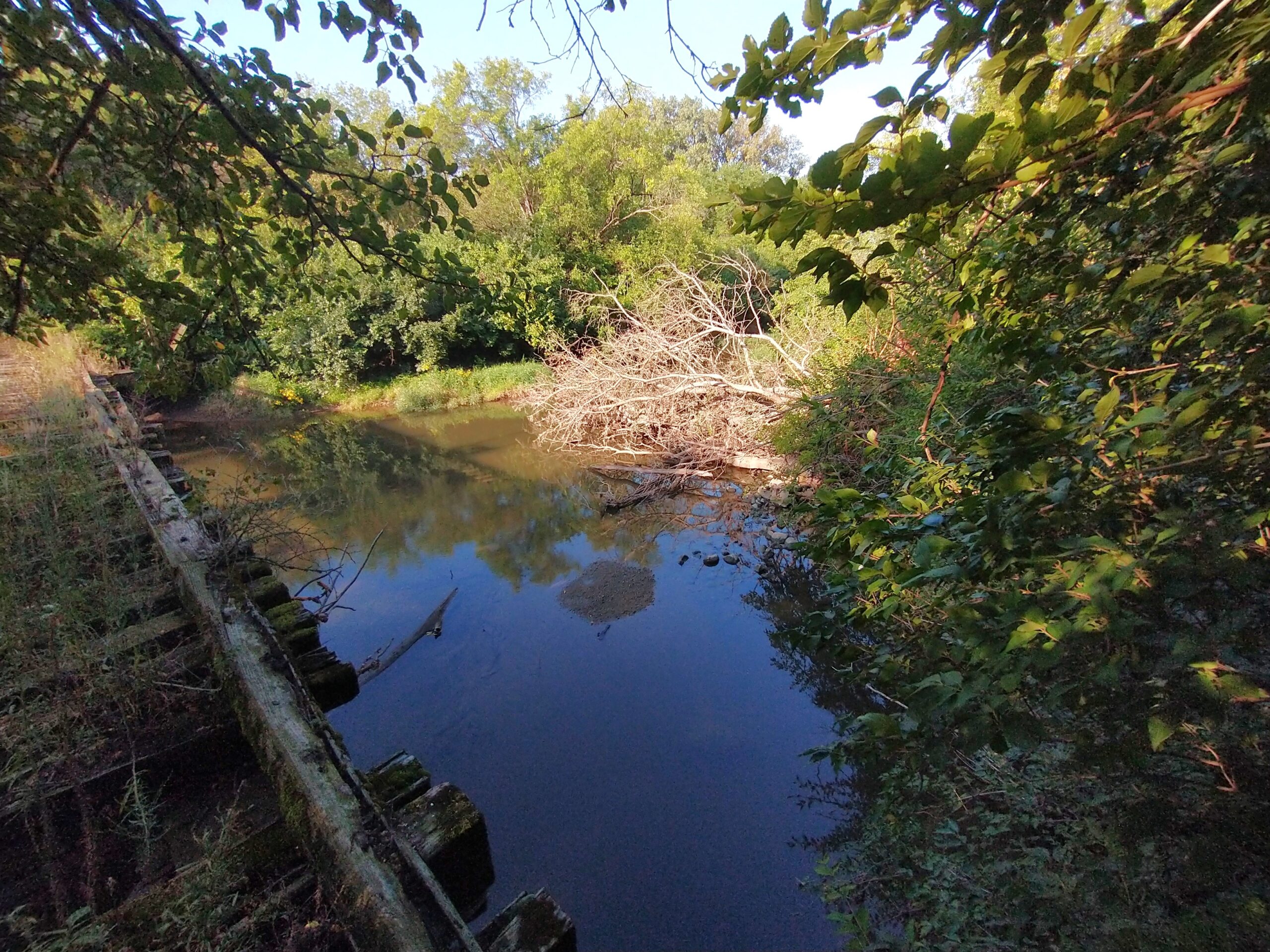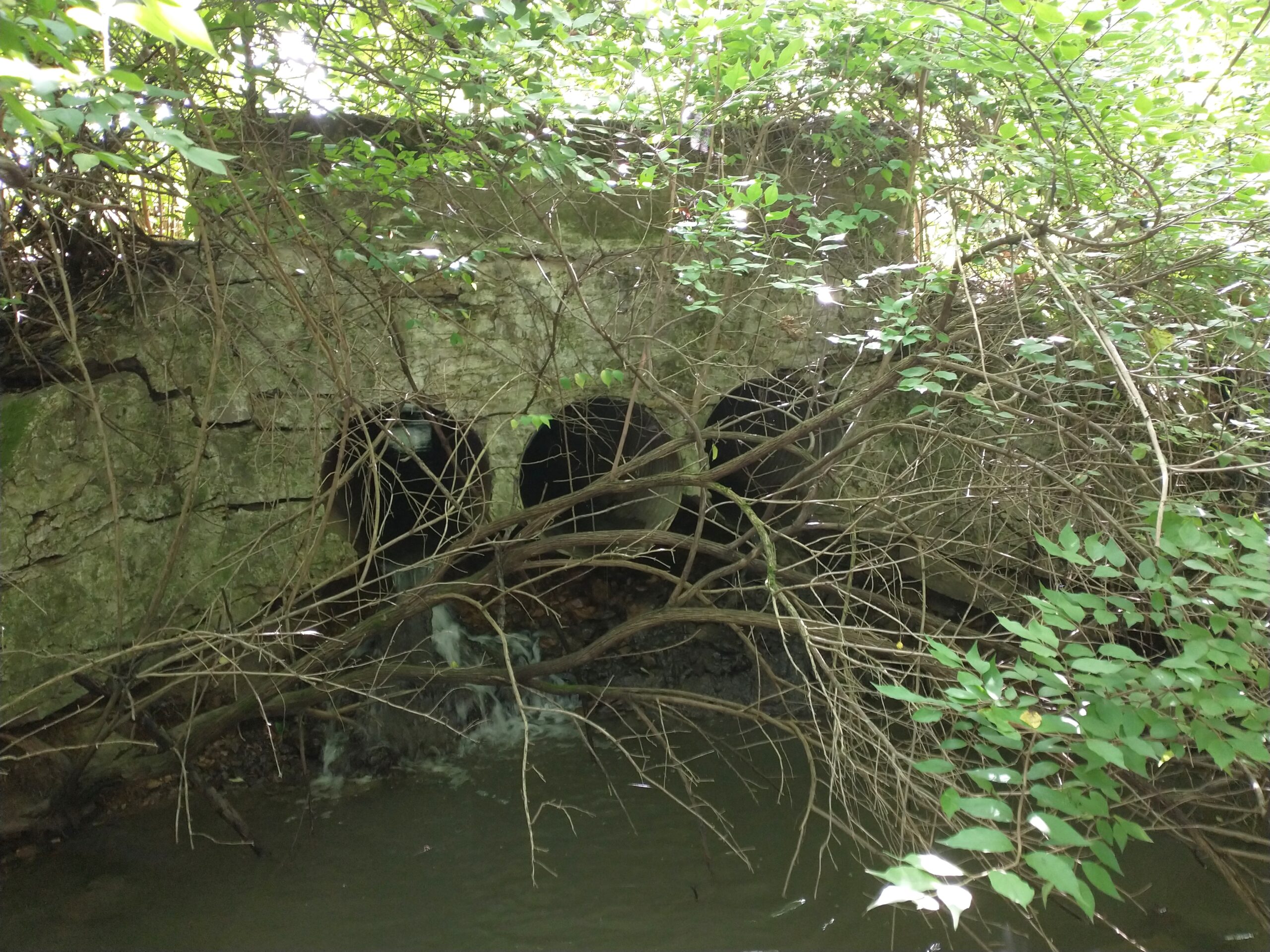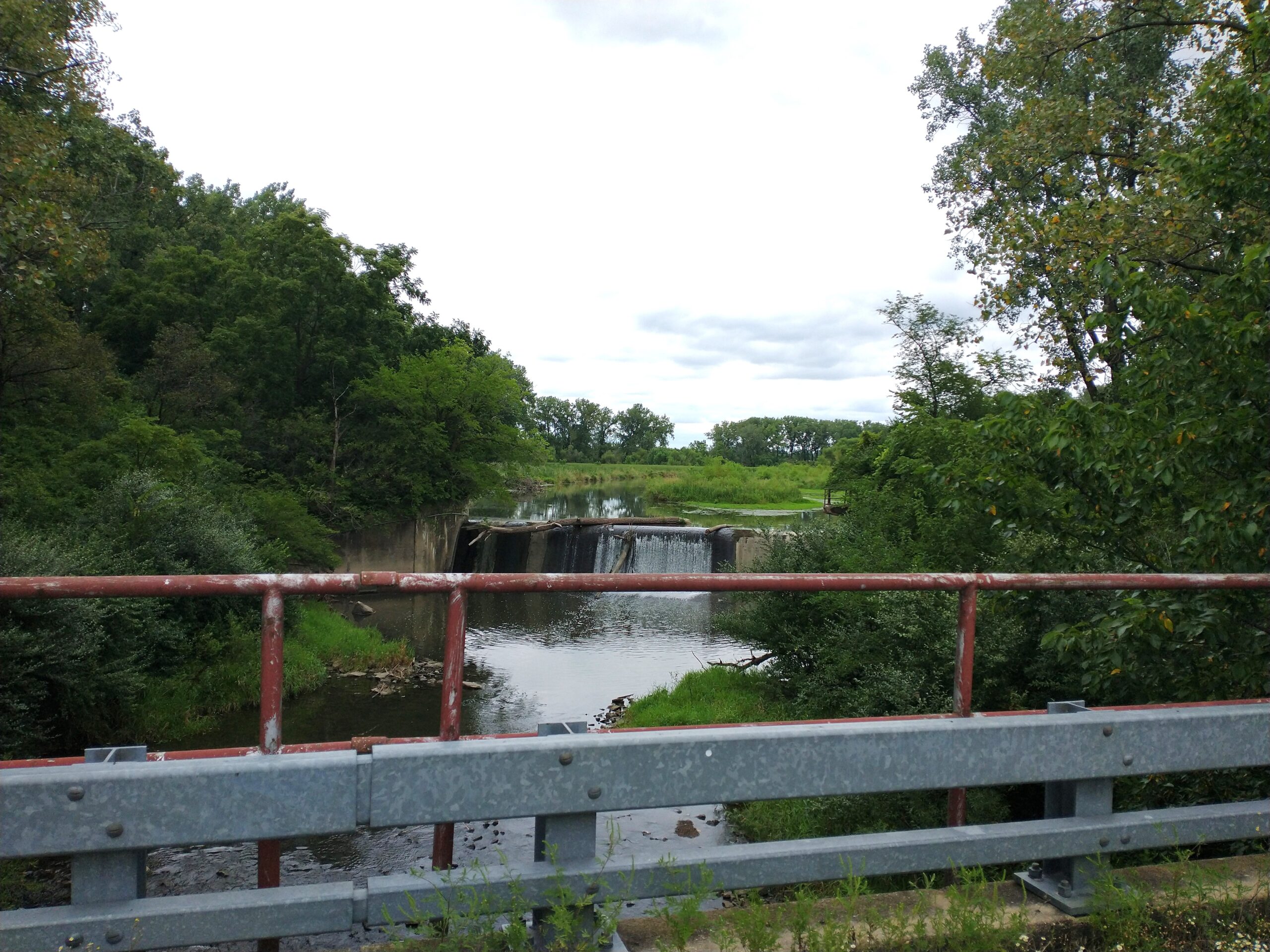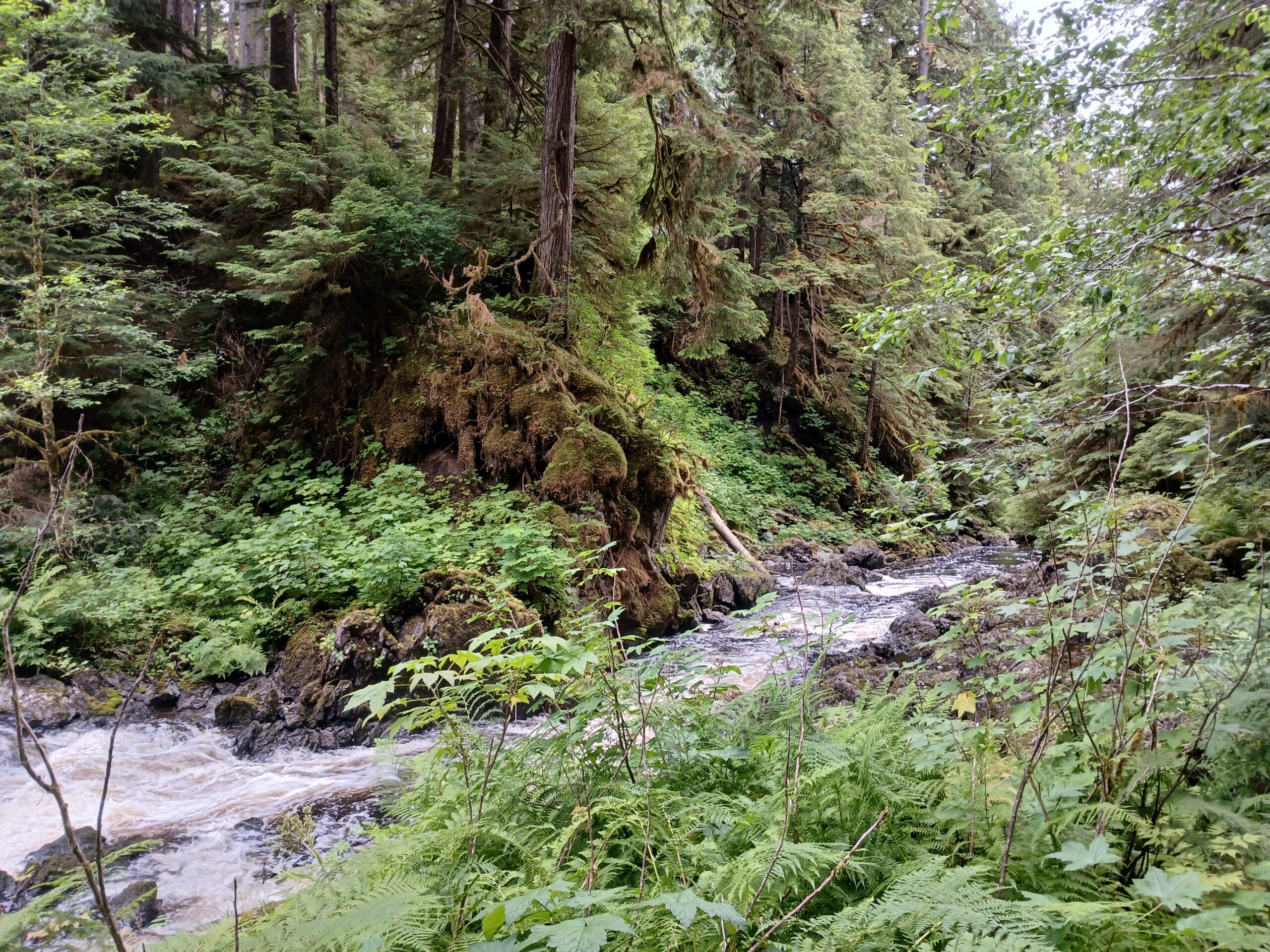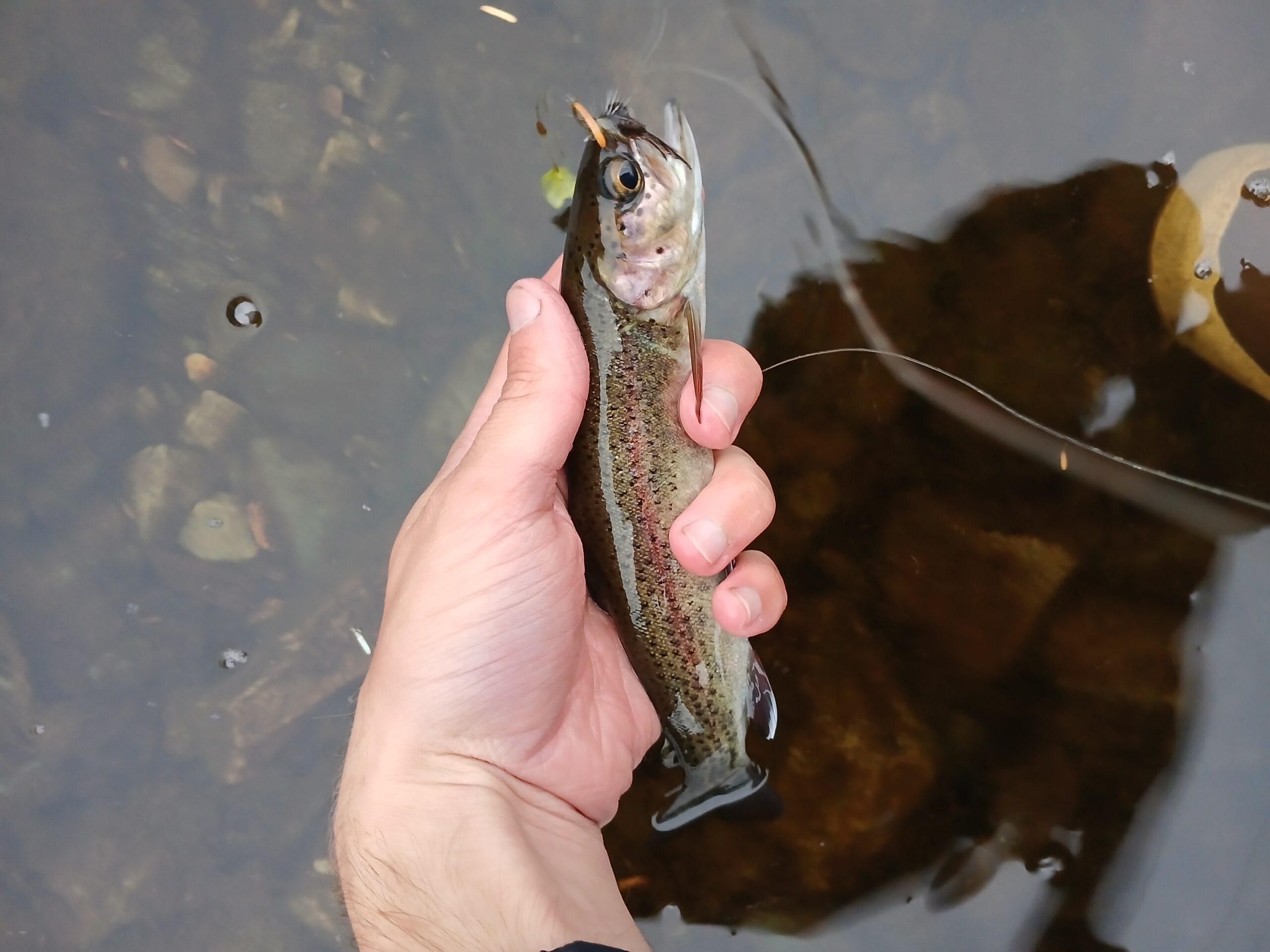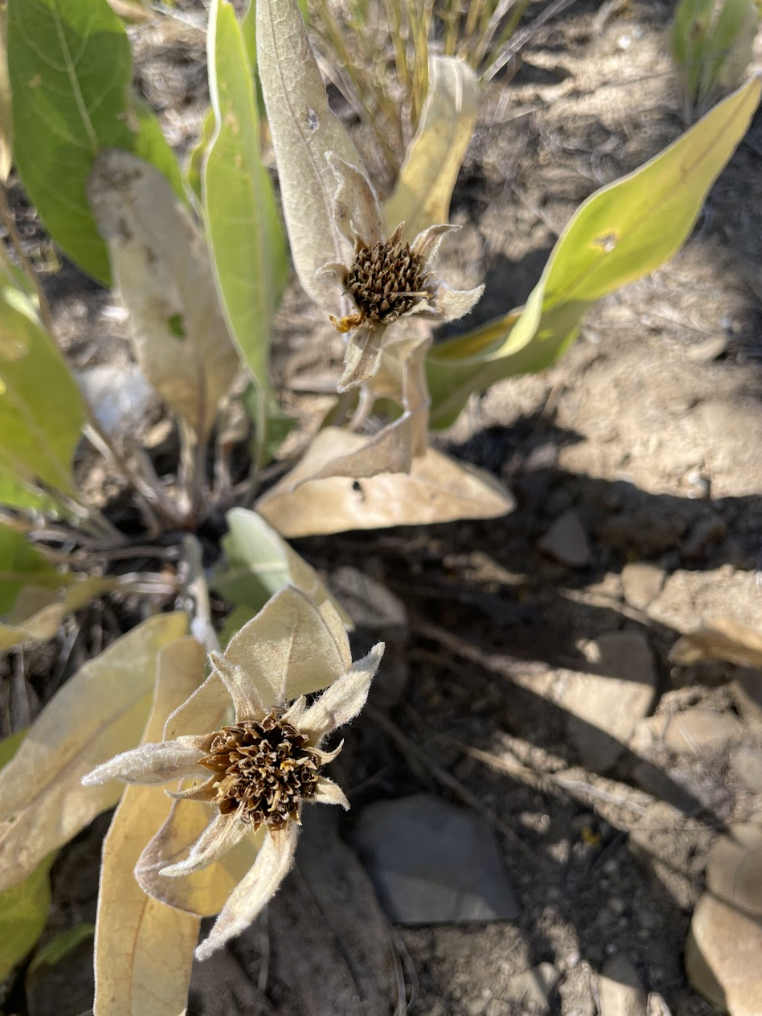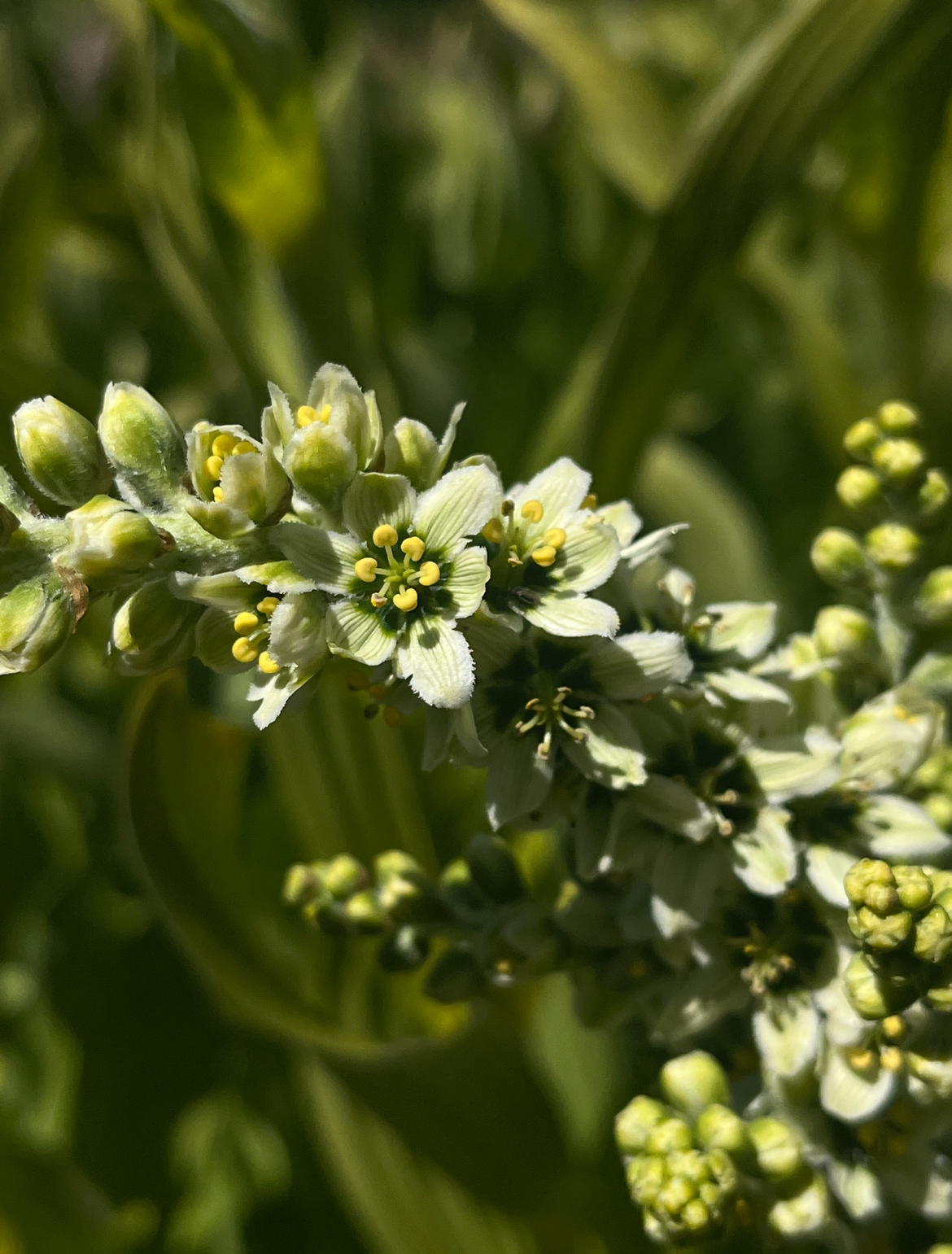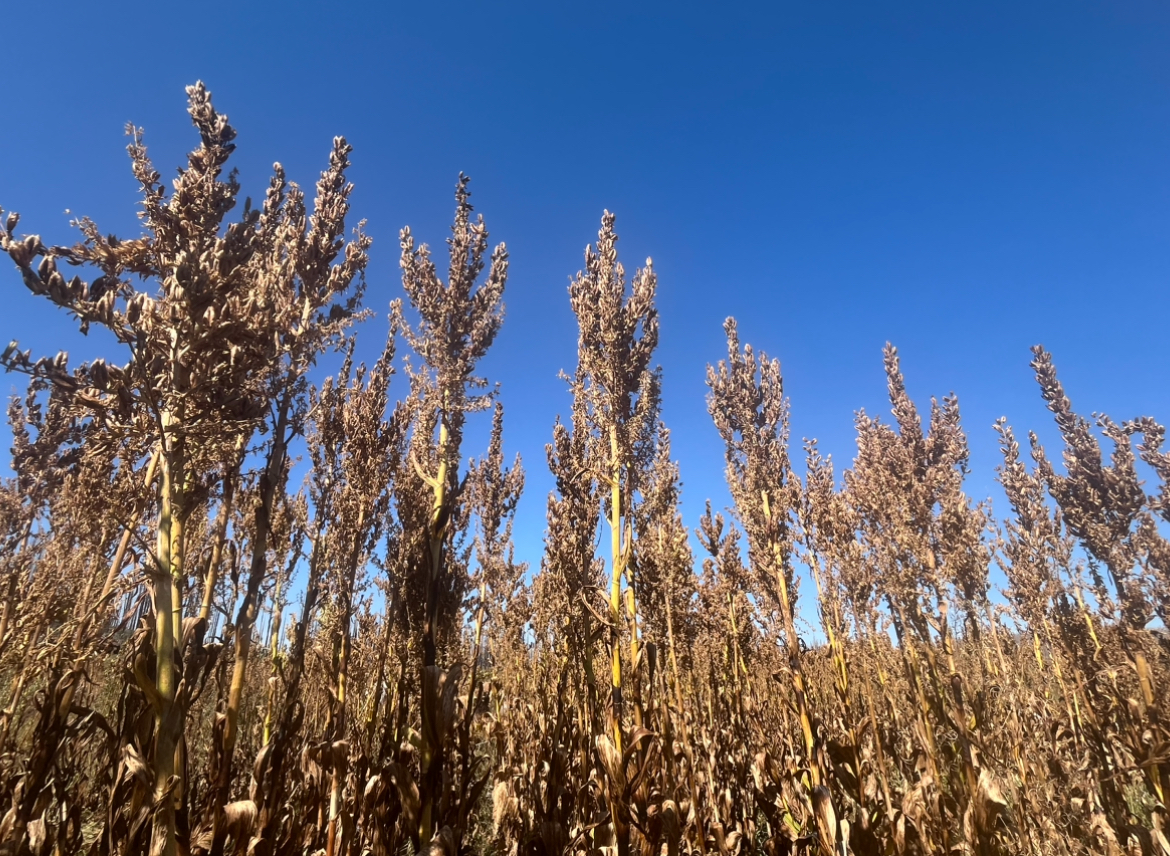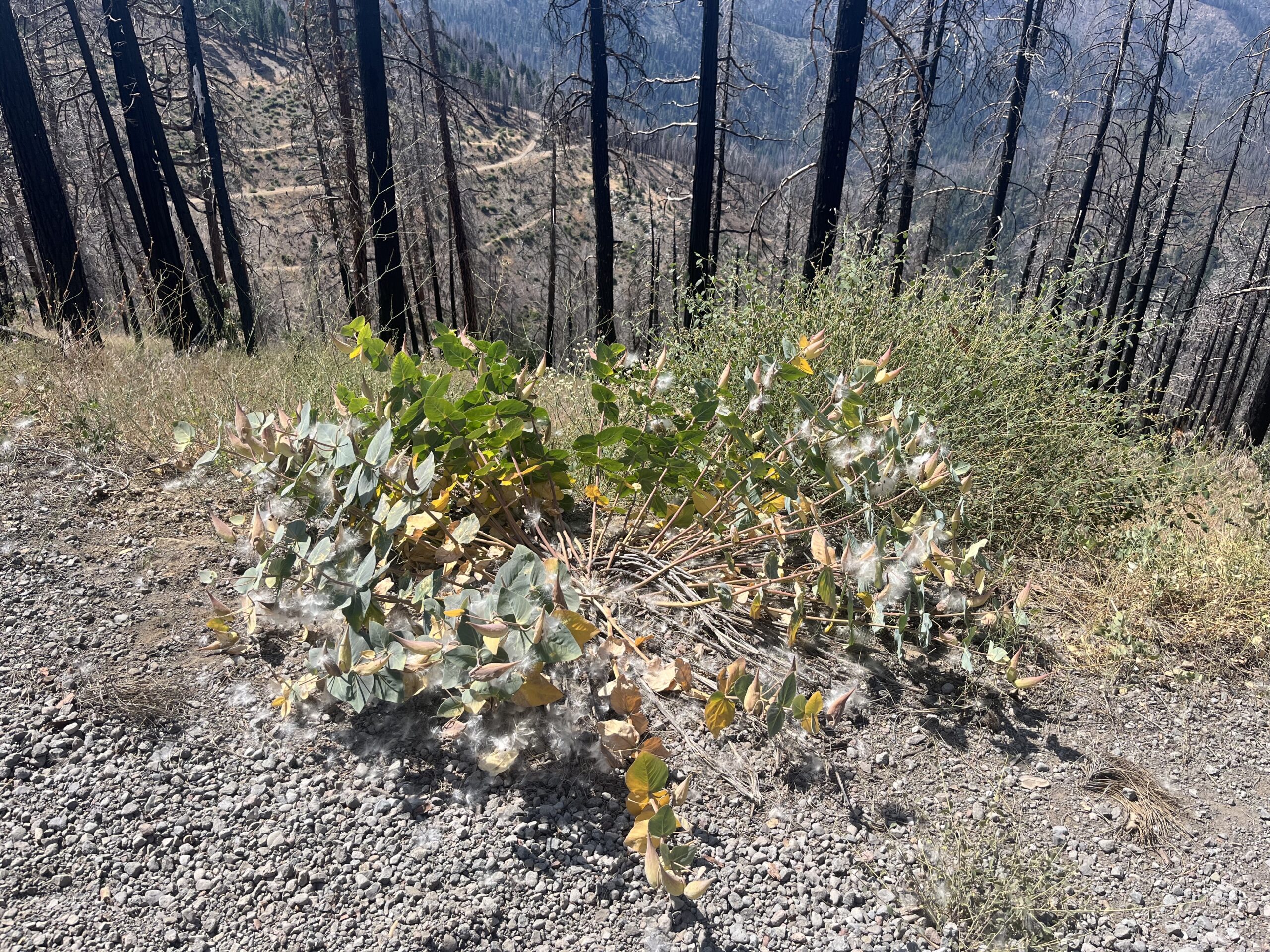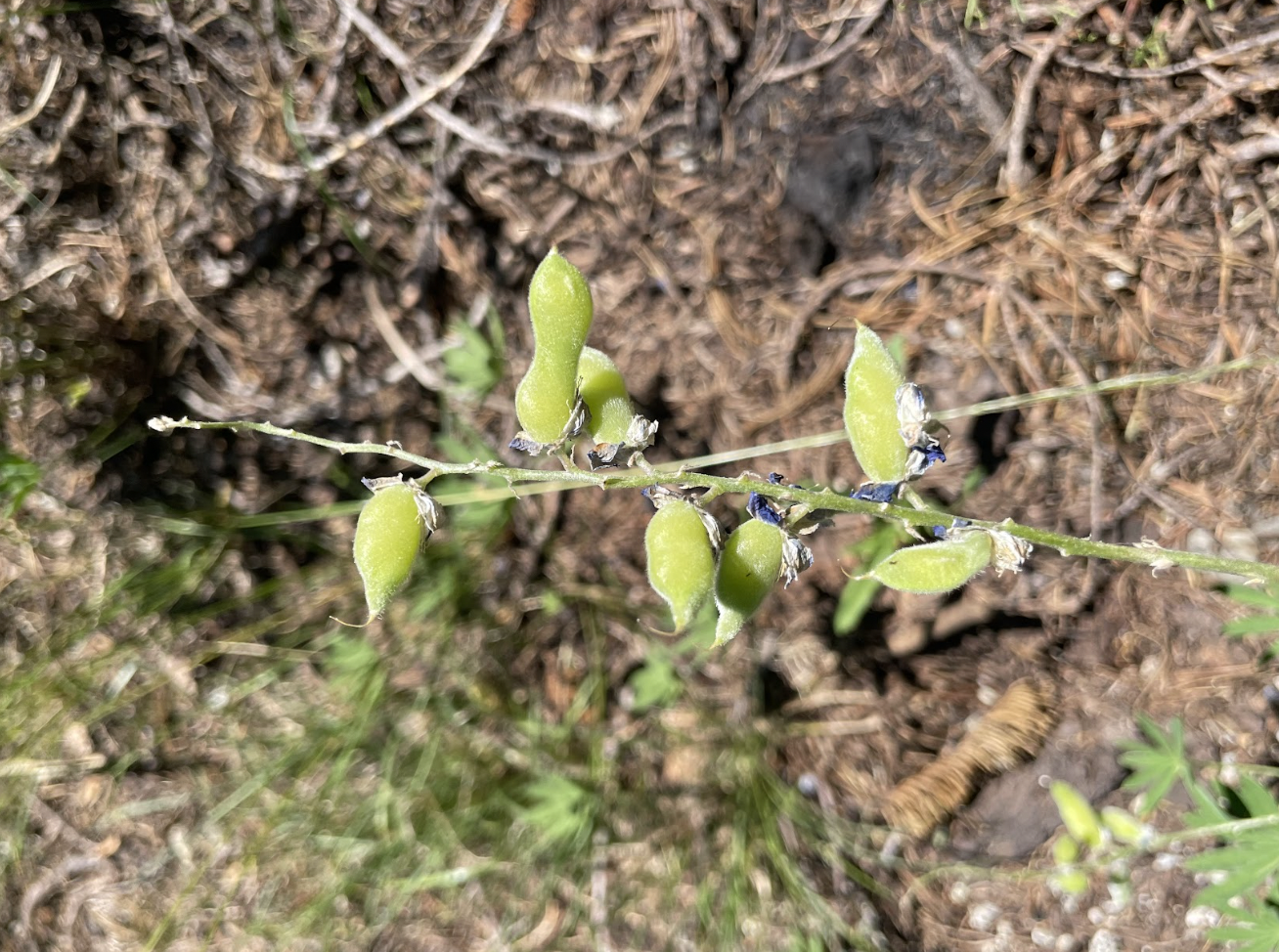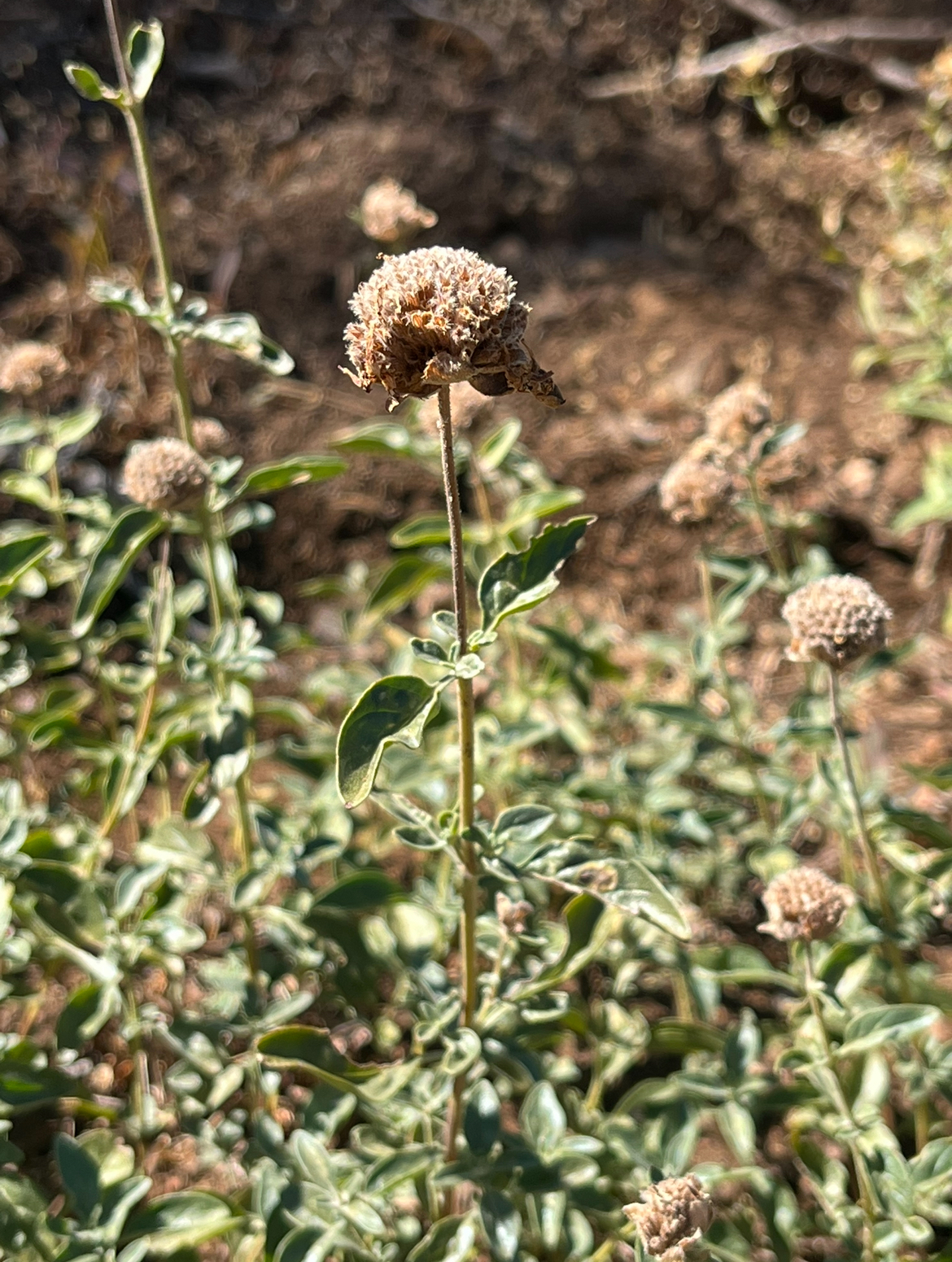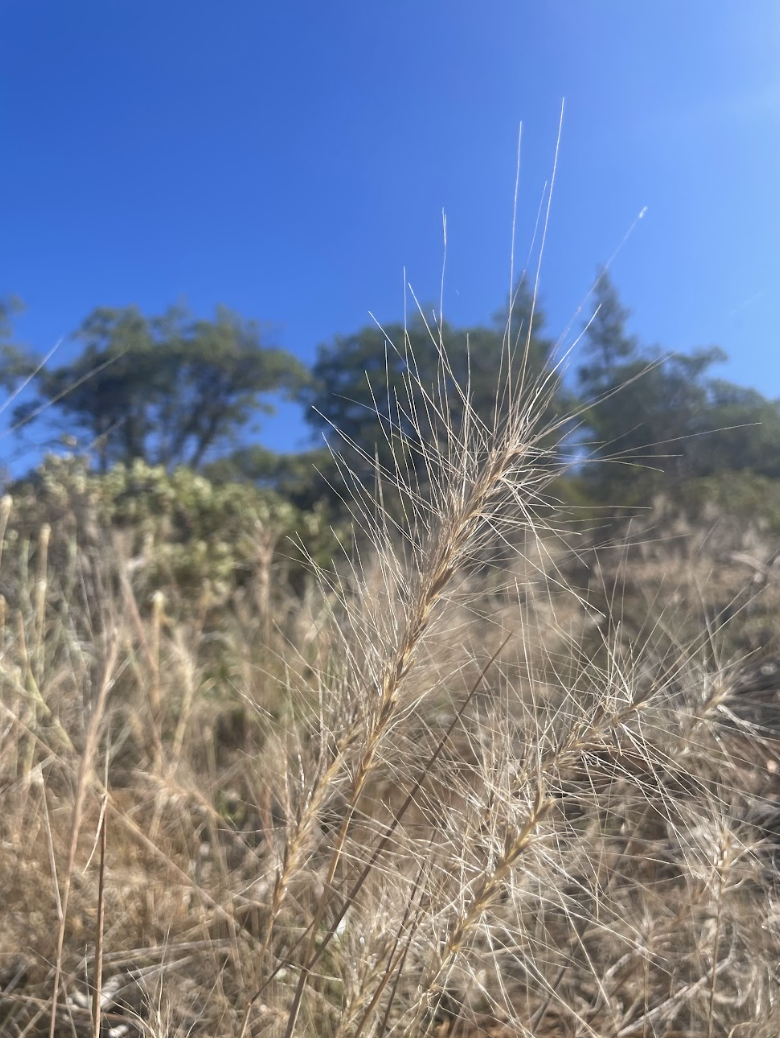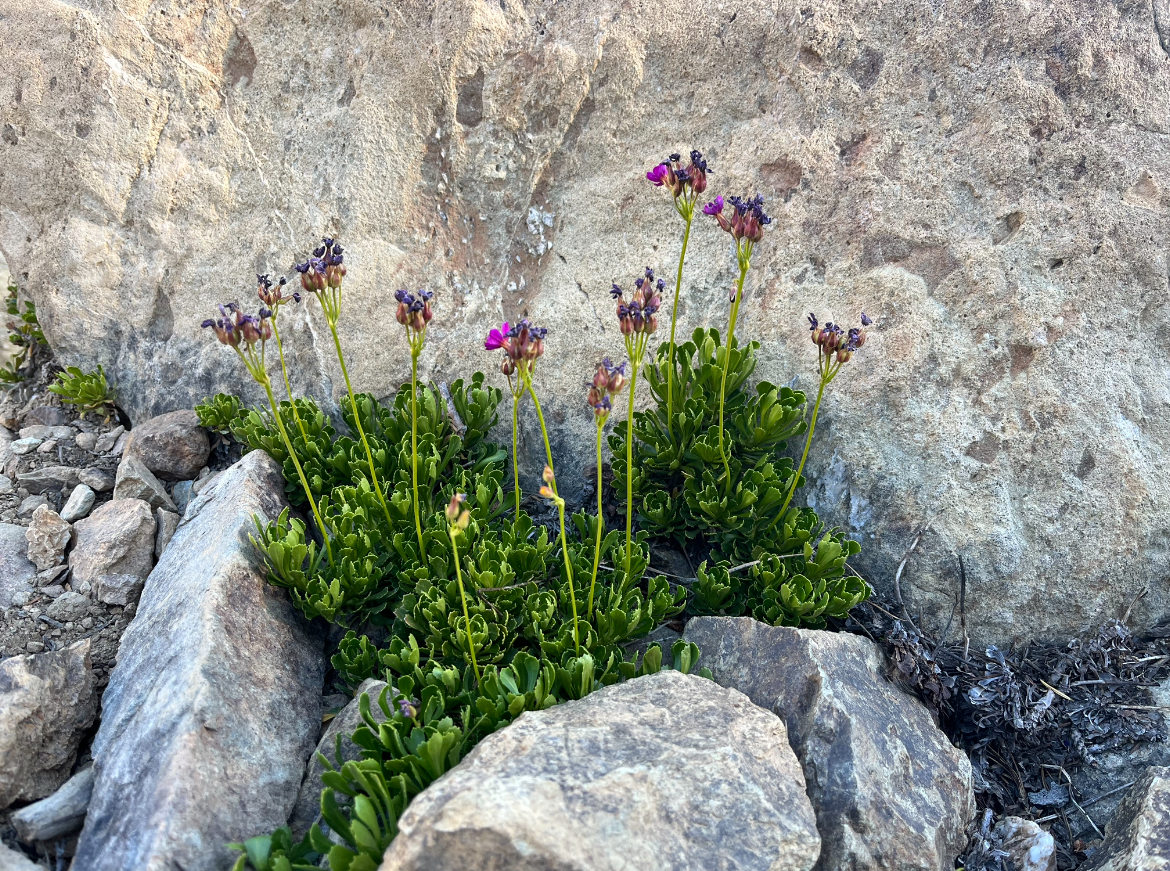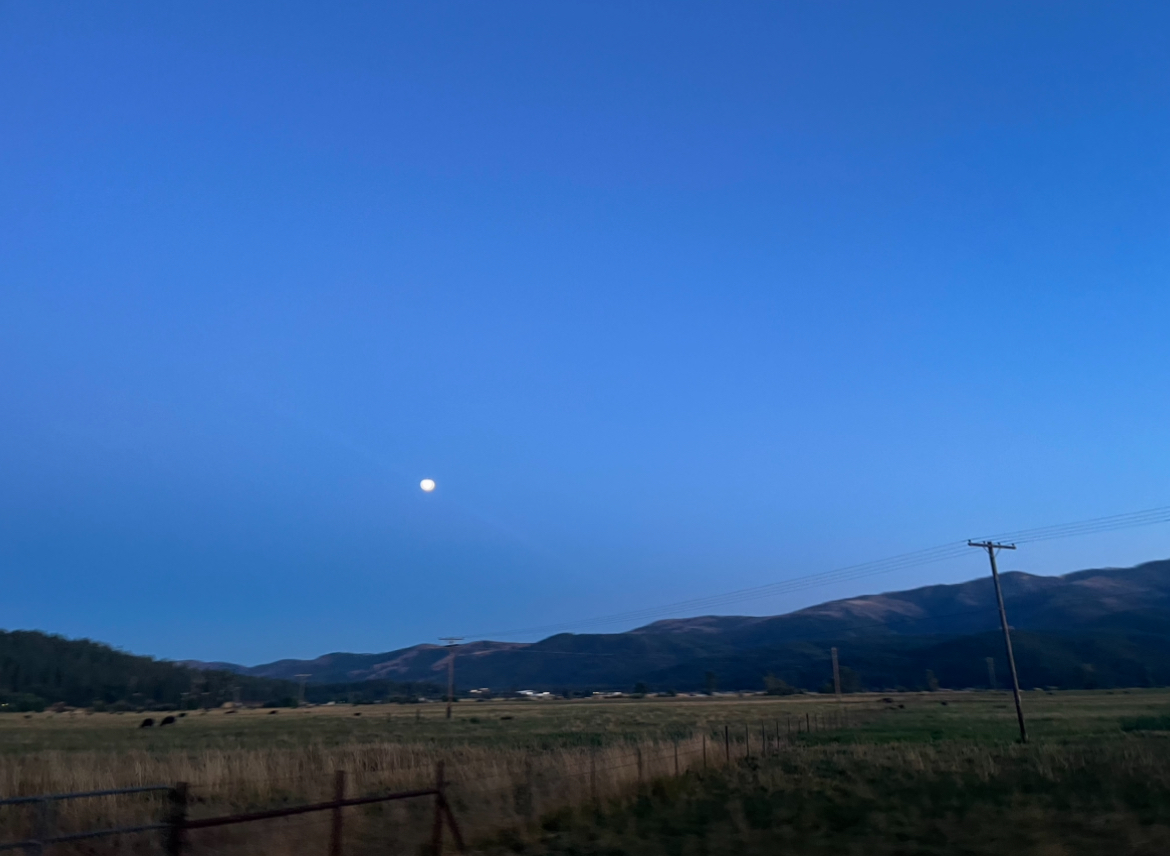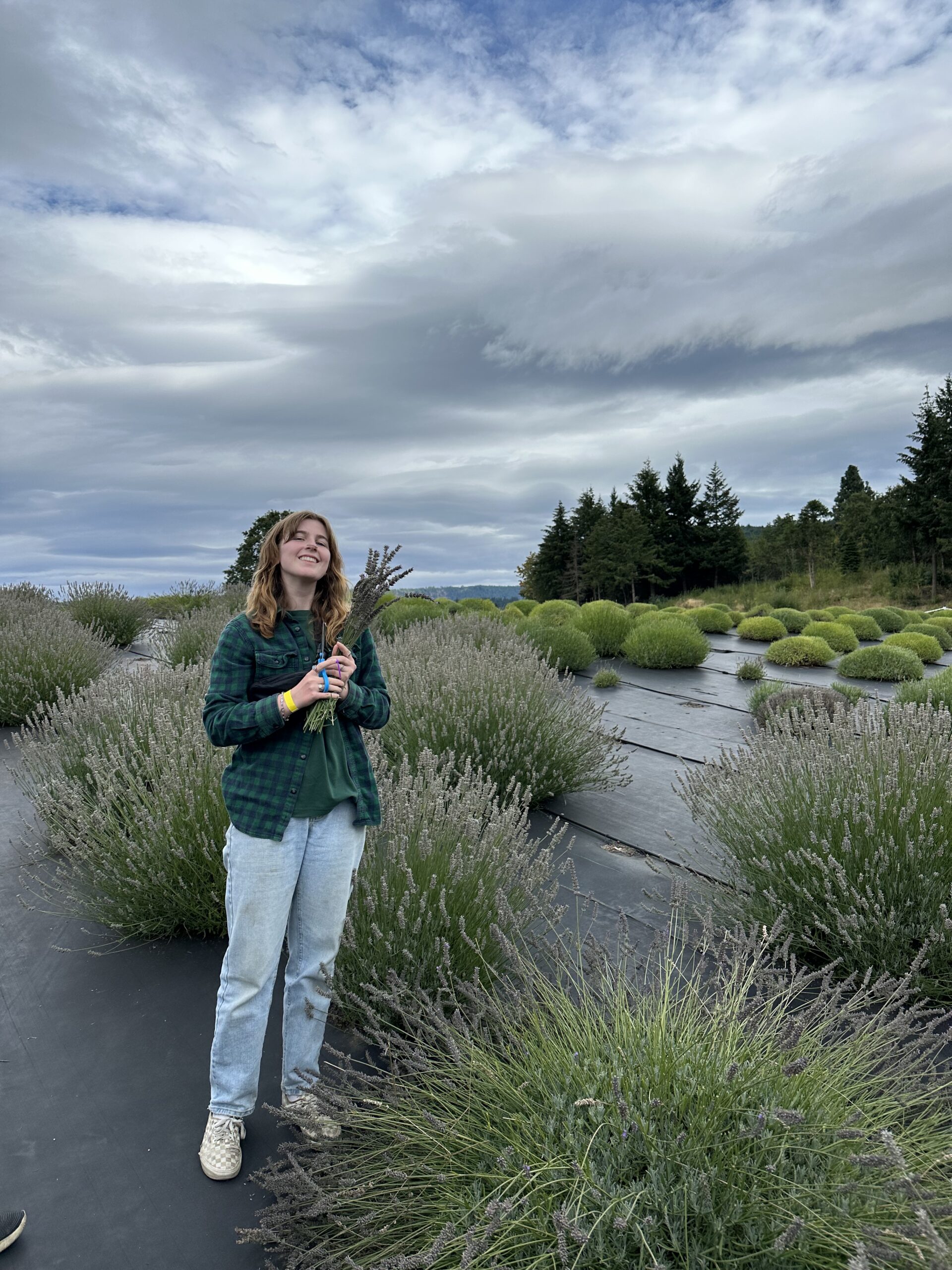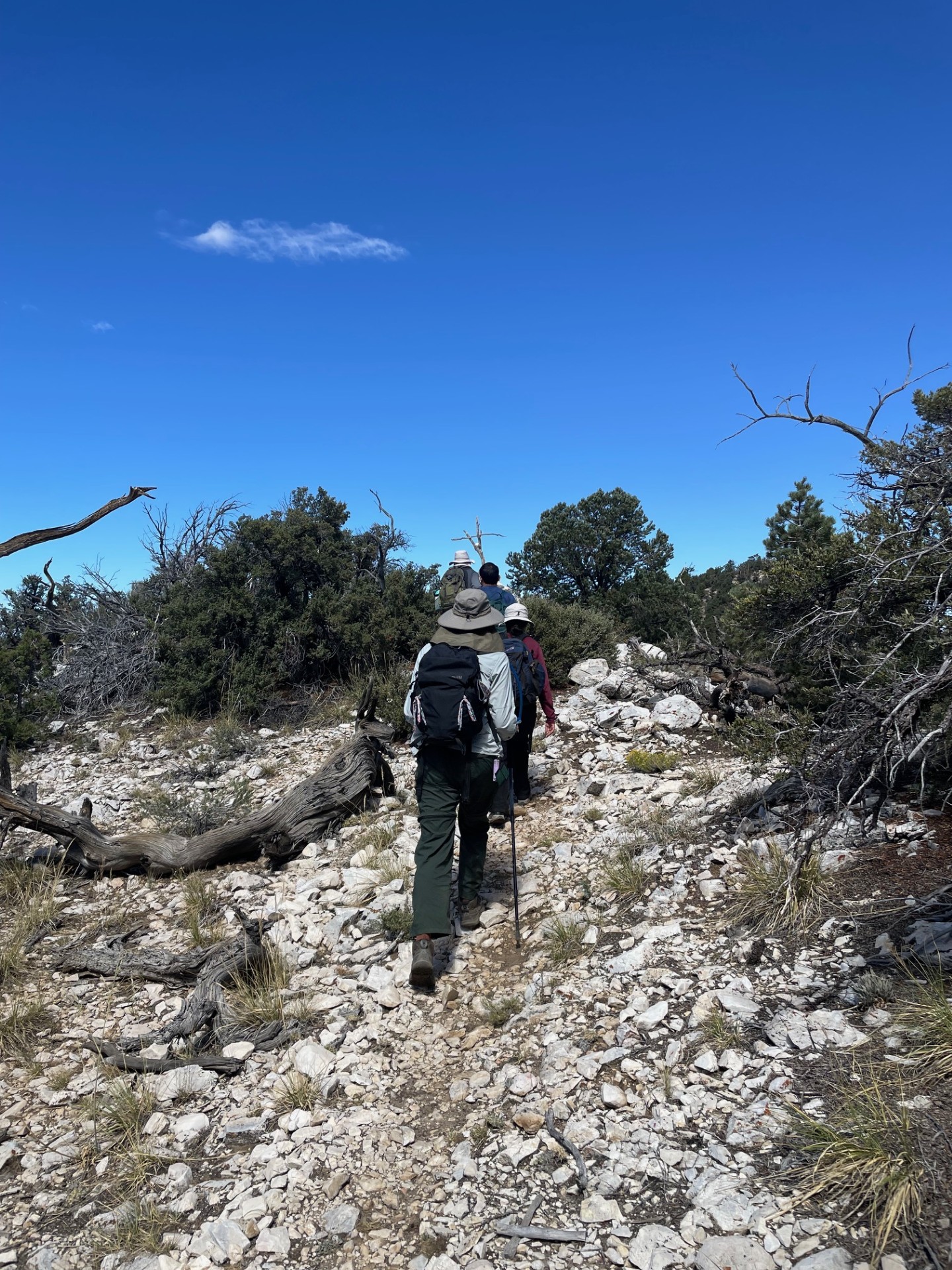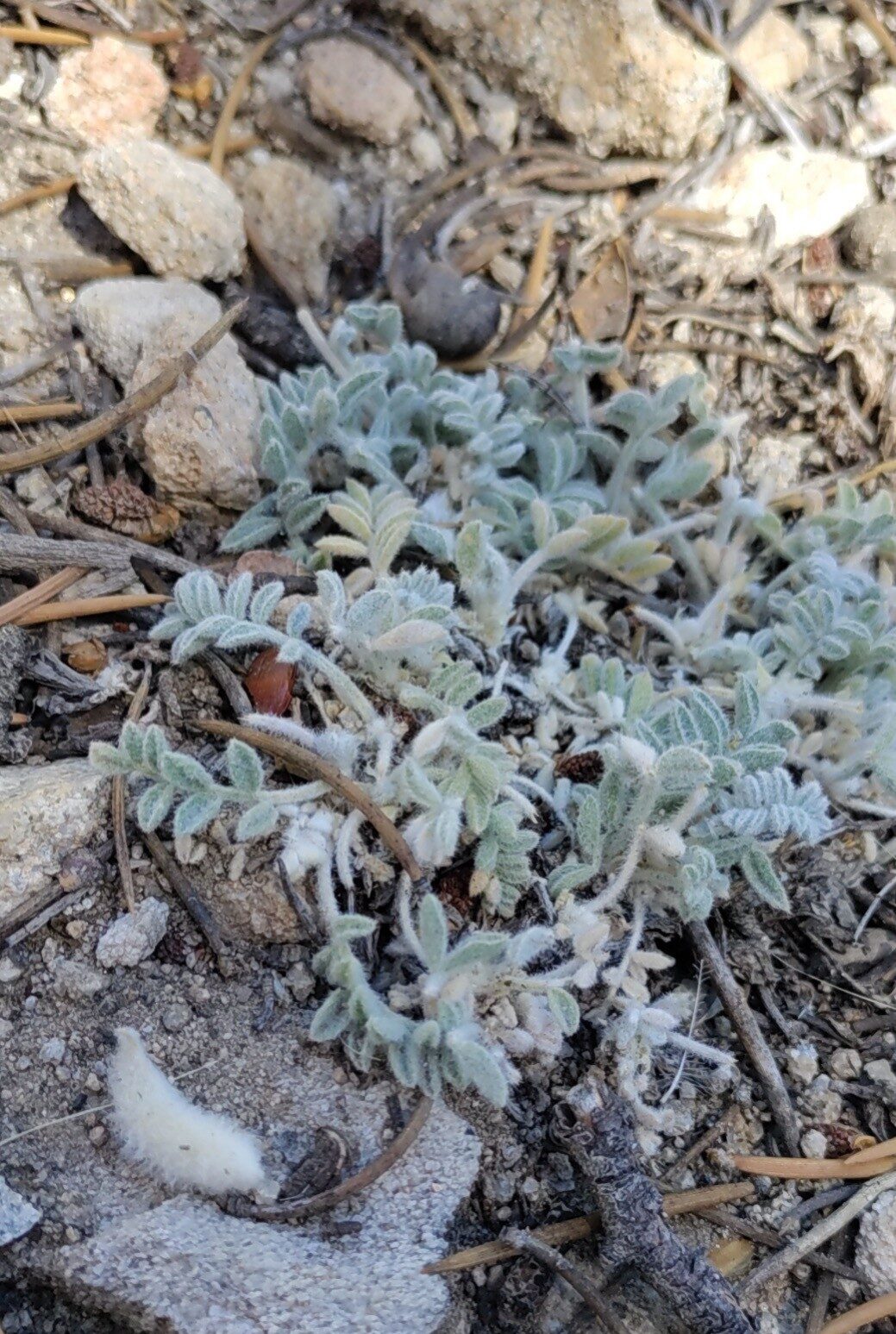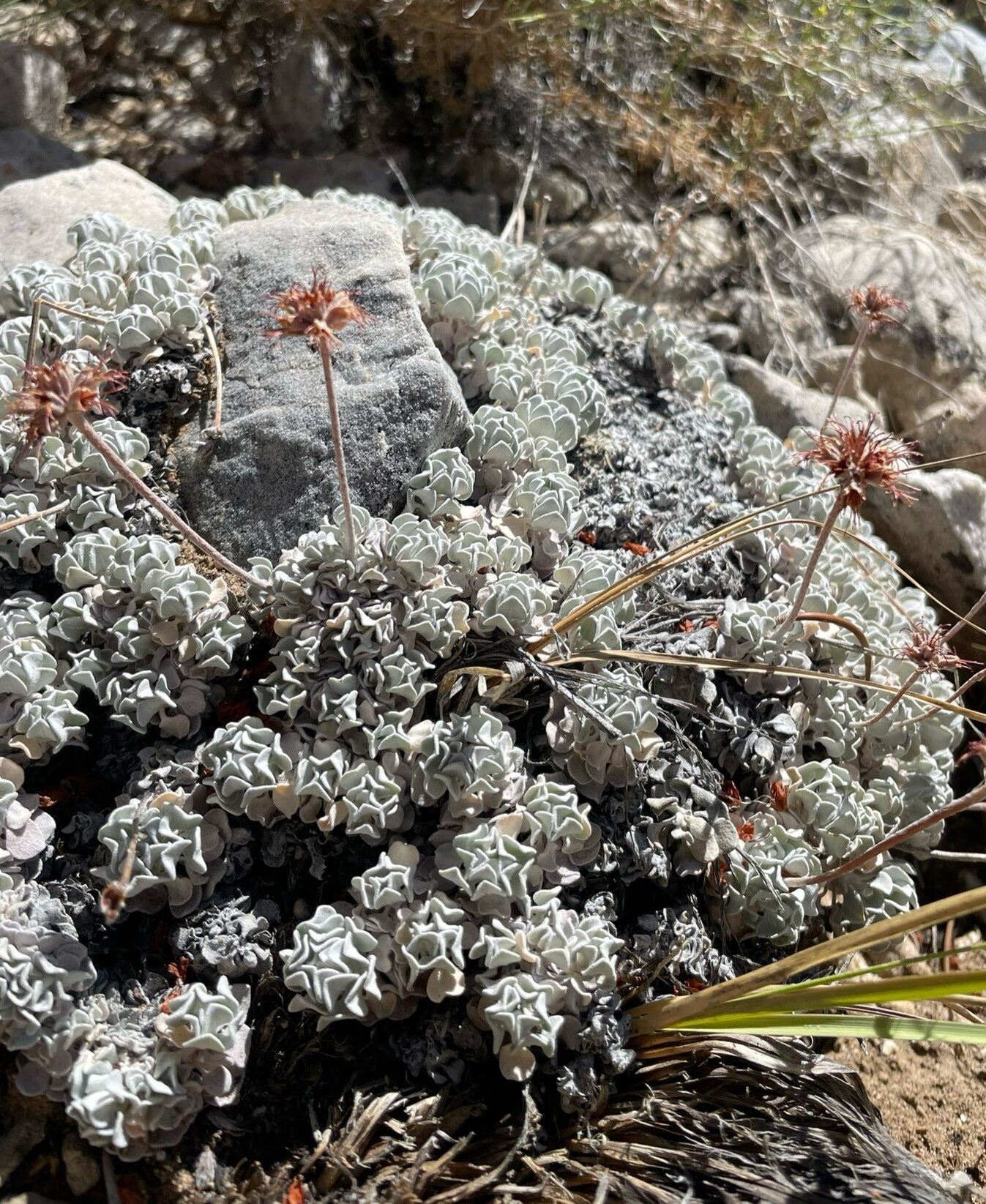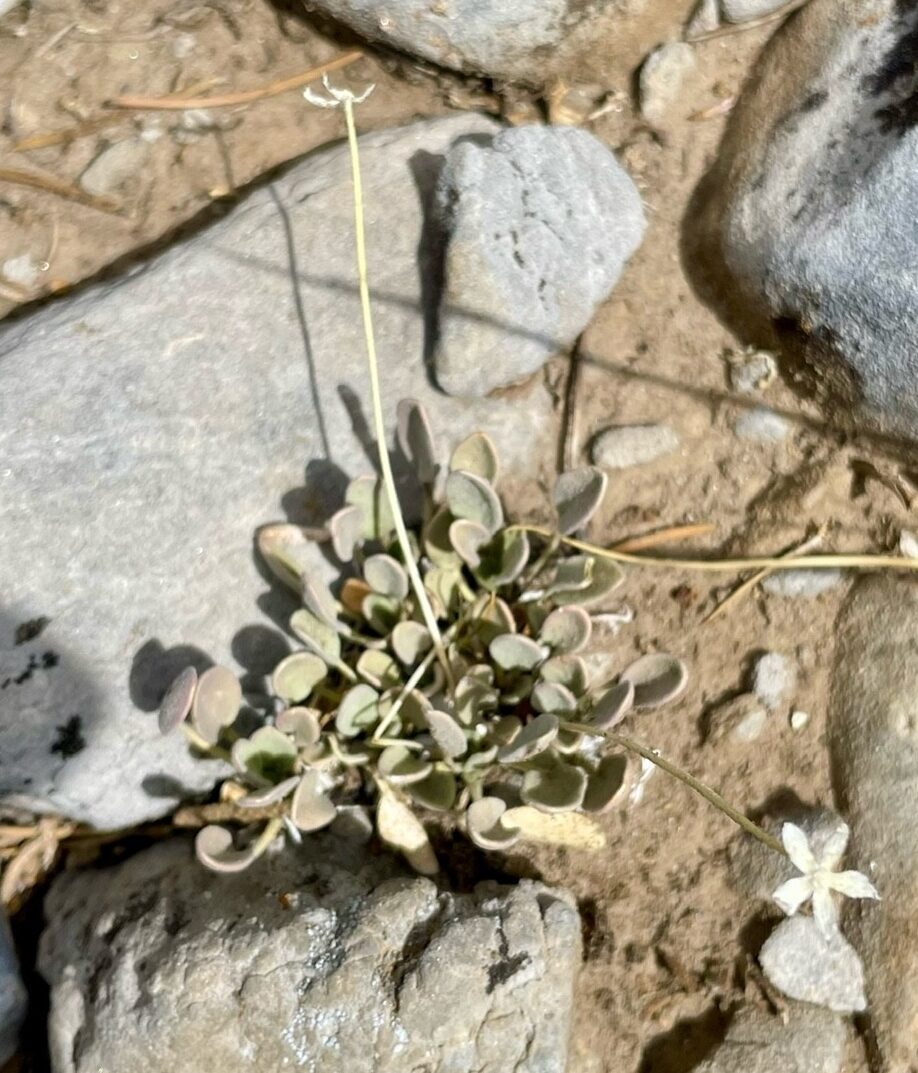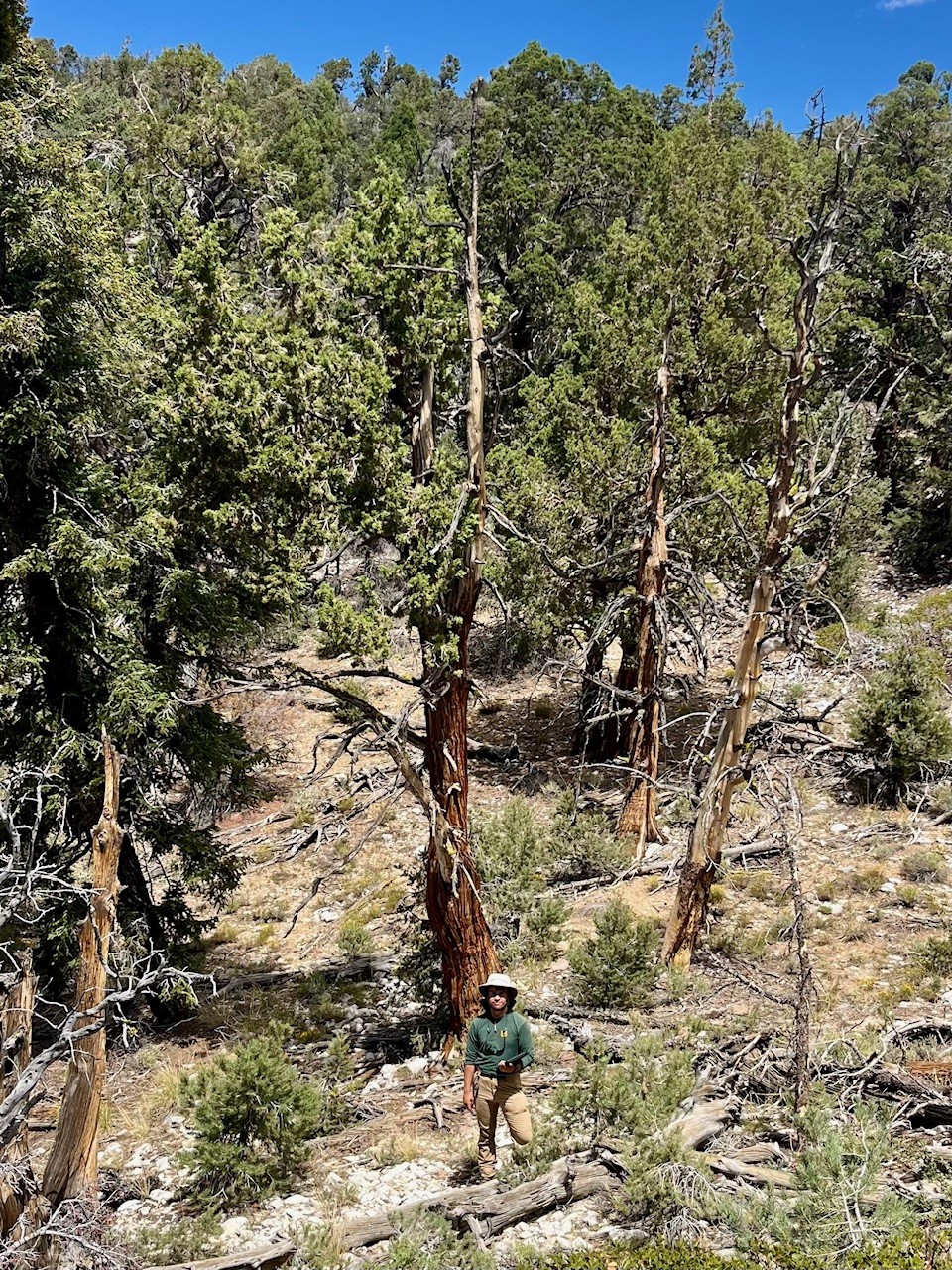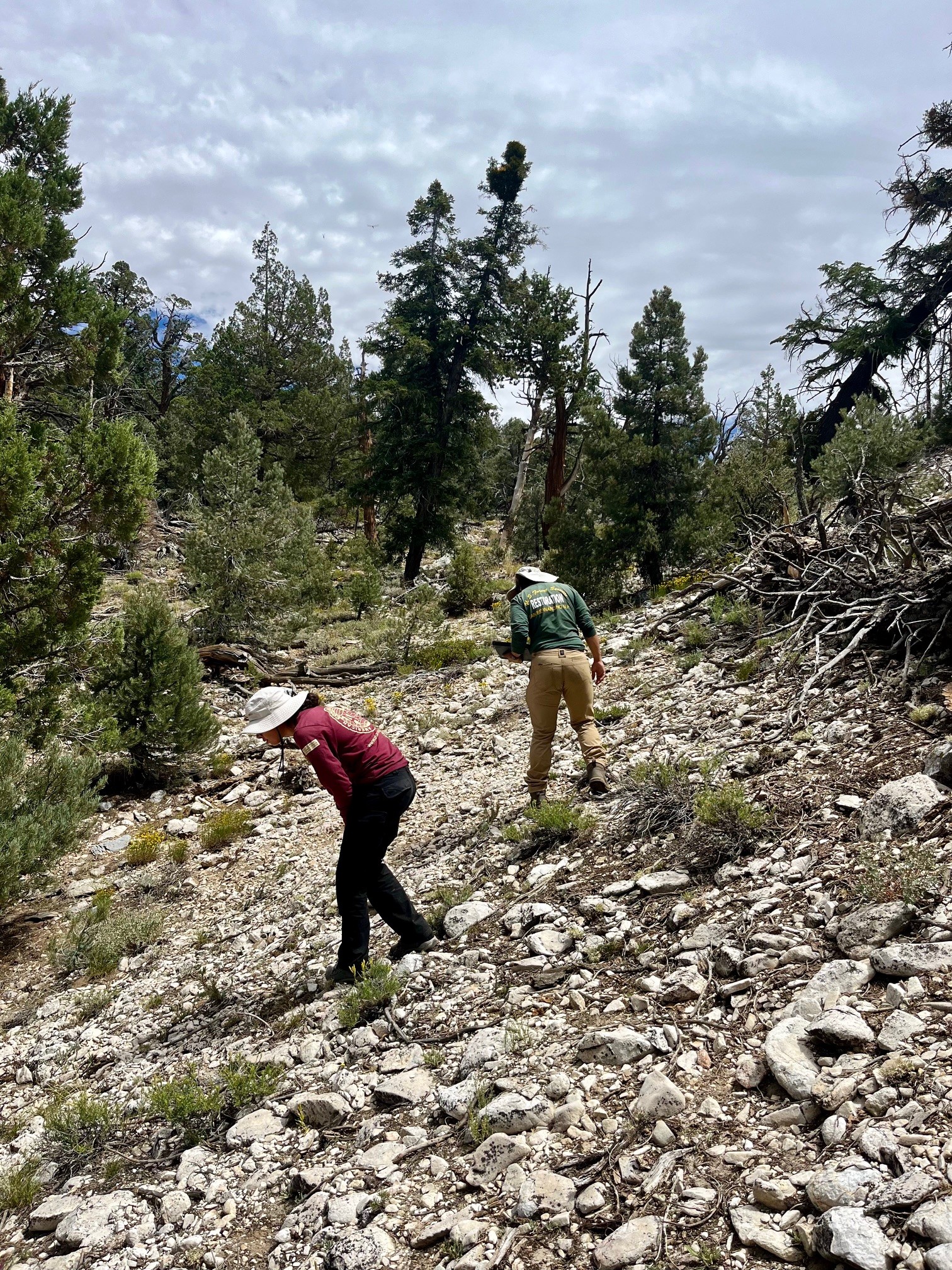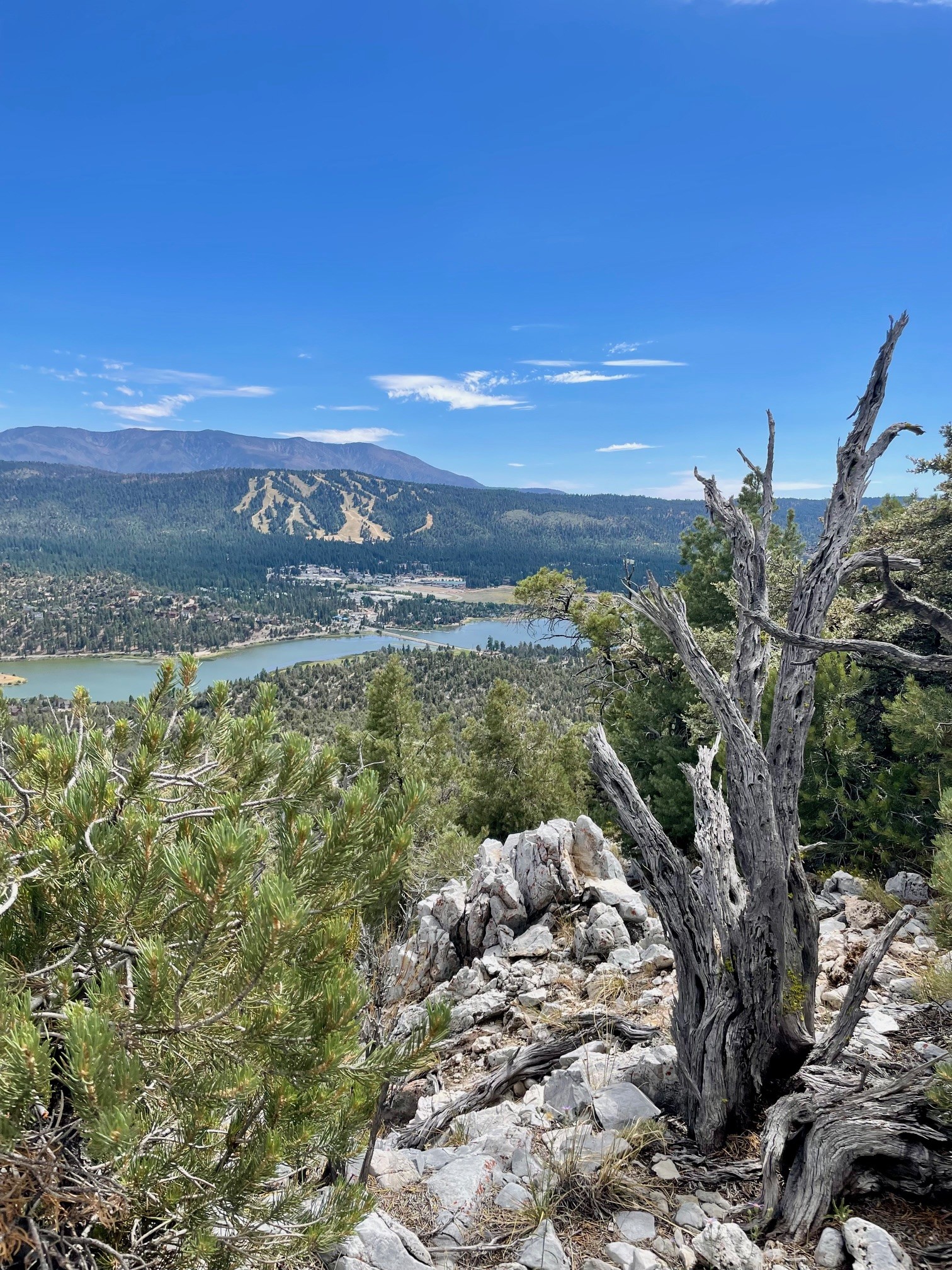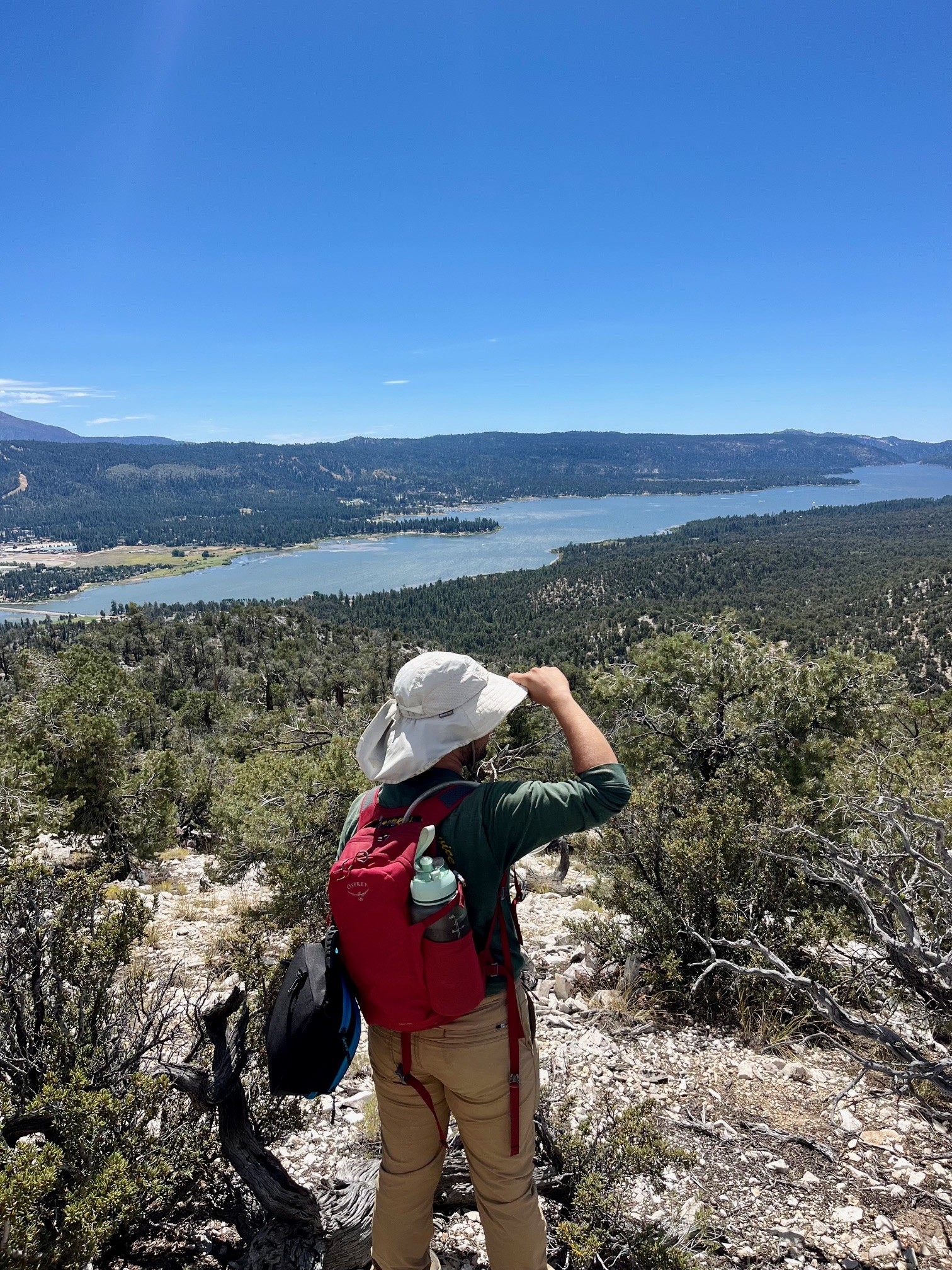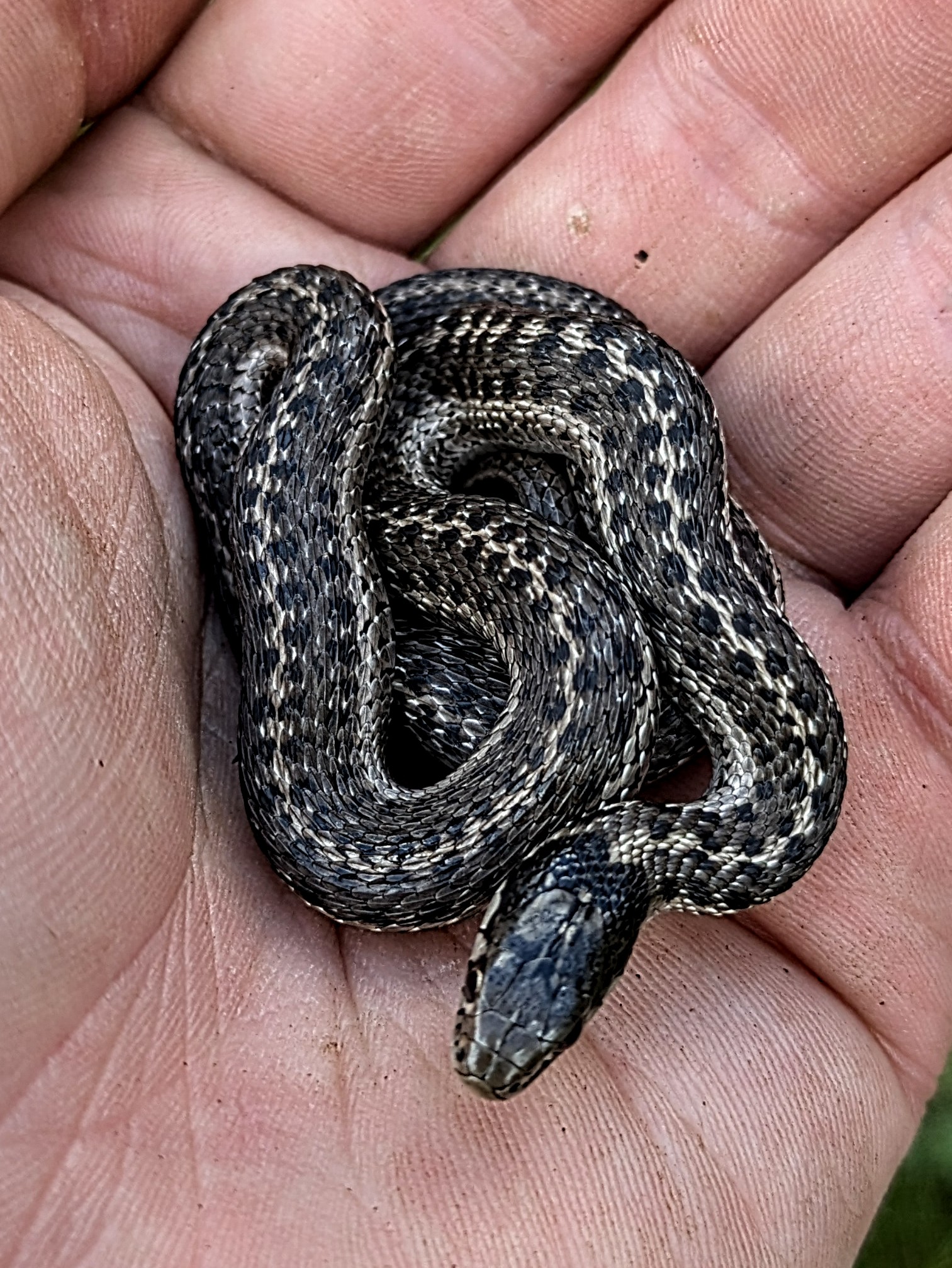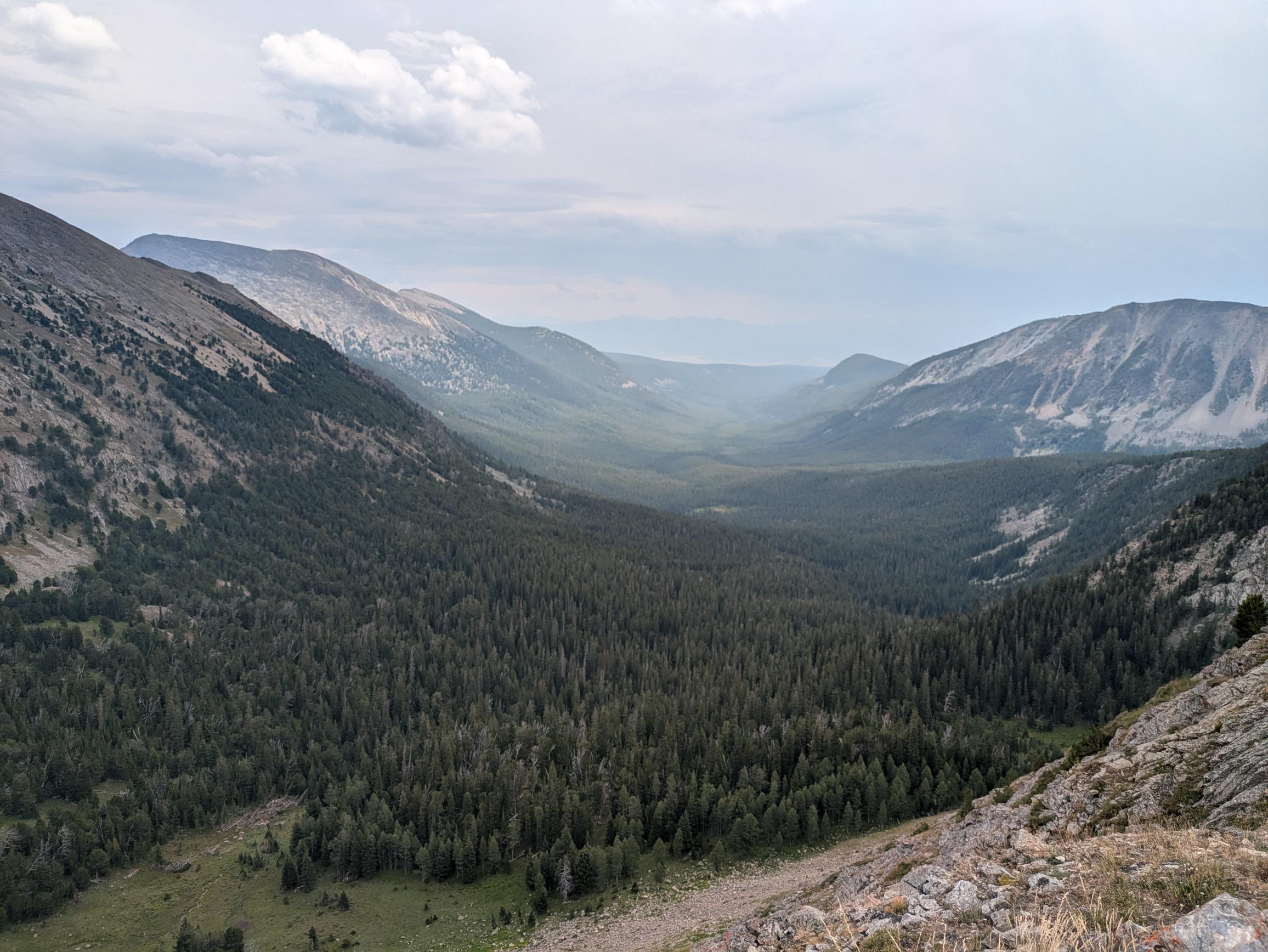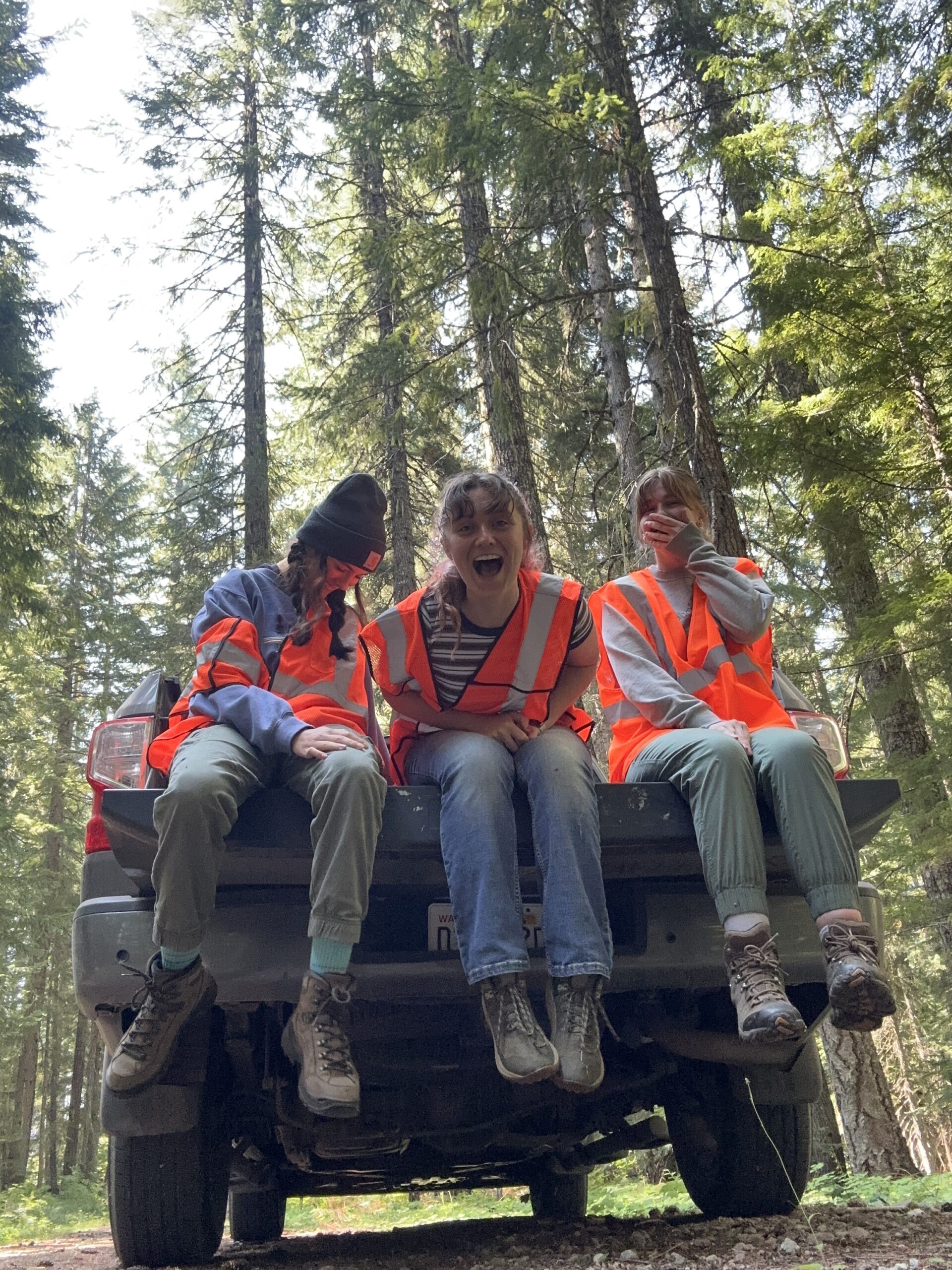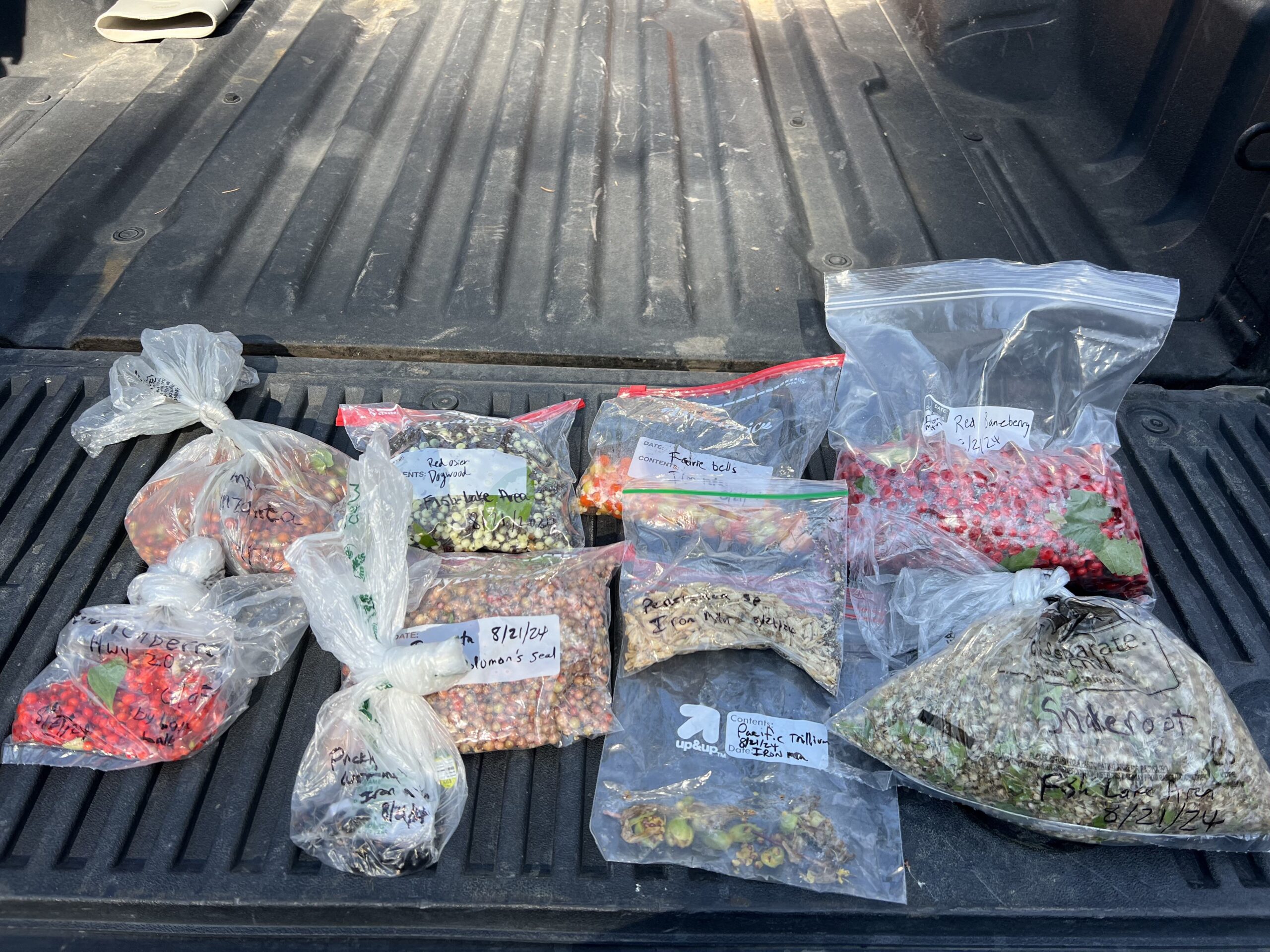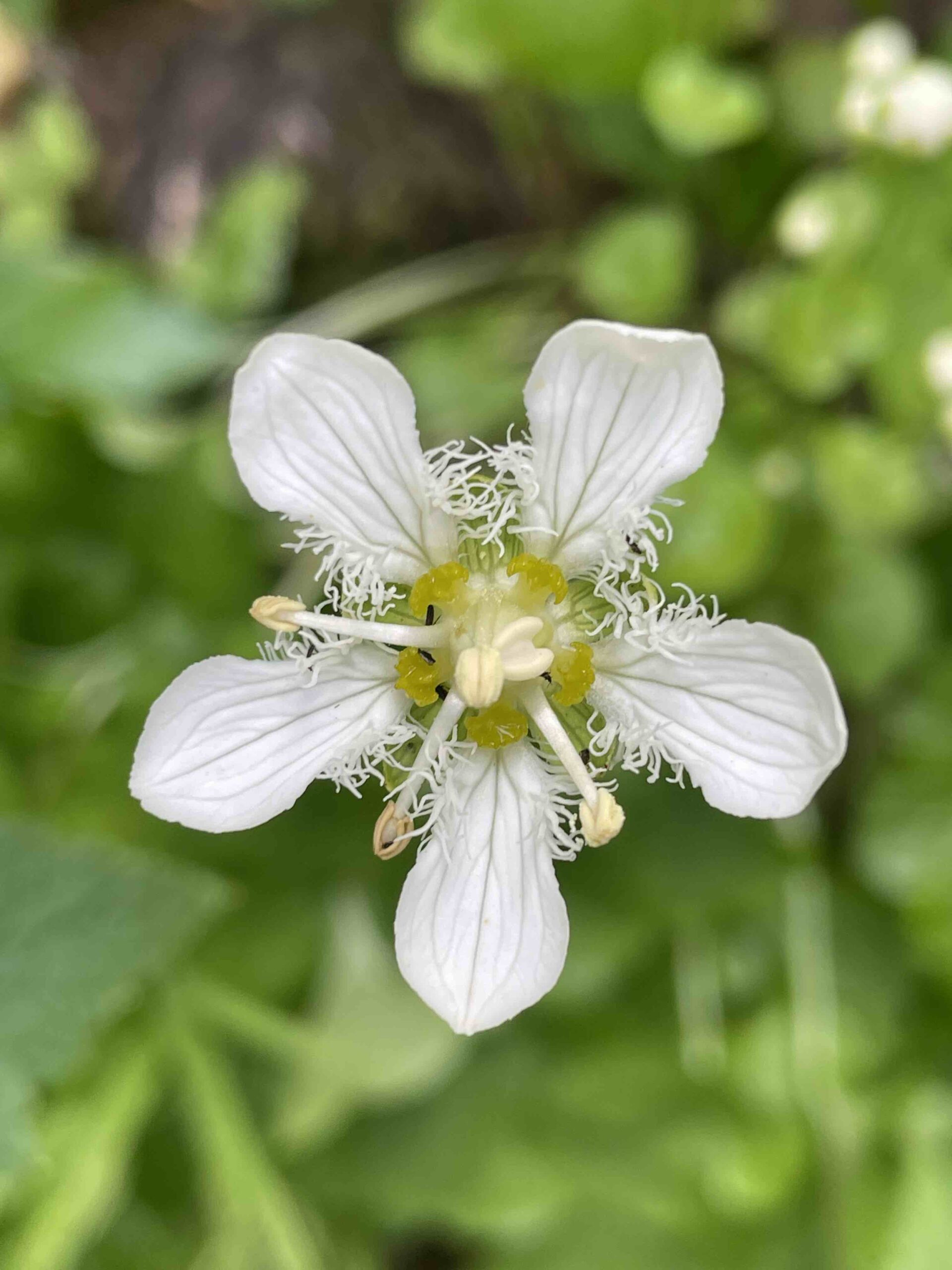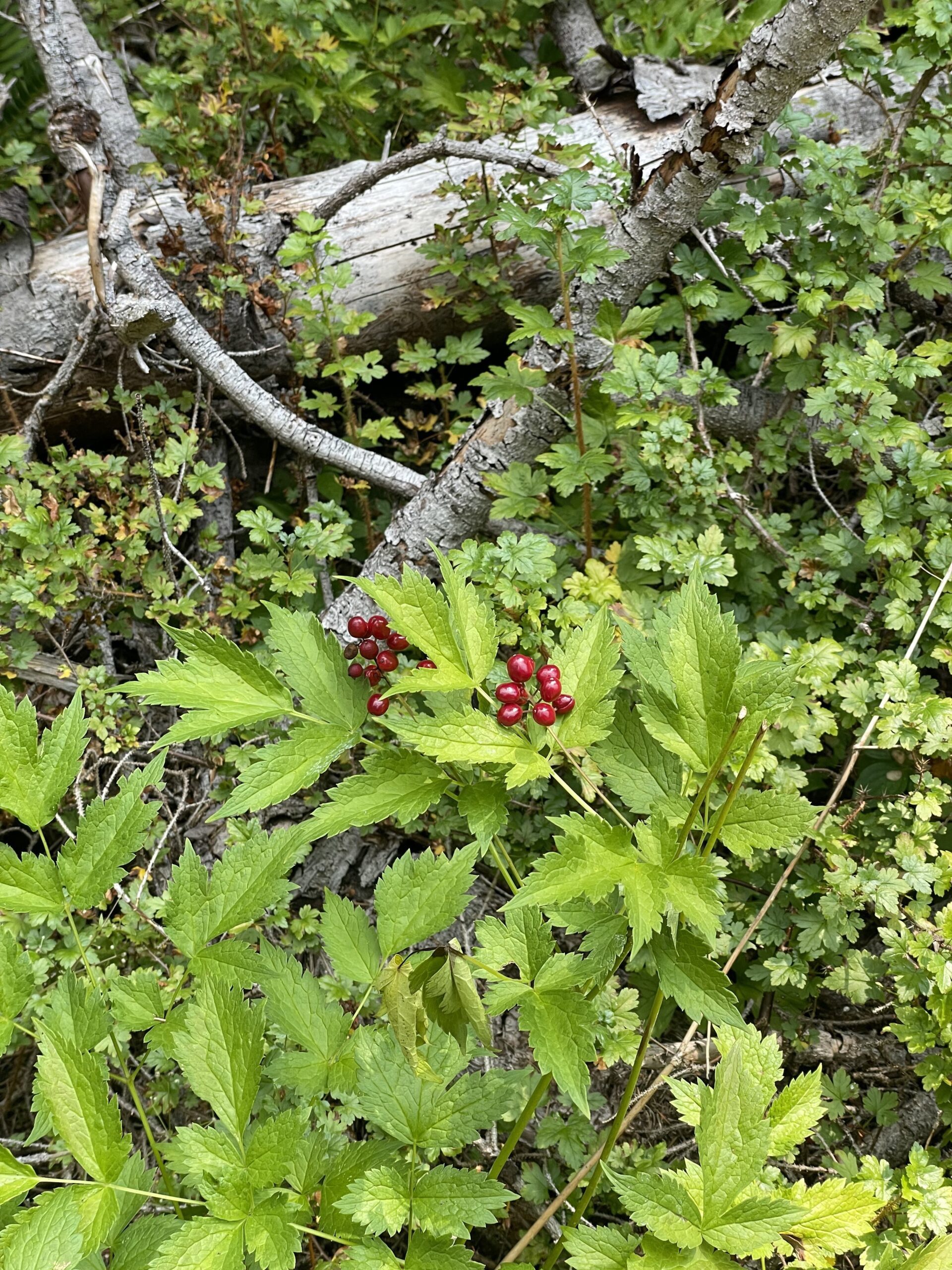Midewin National Tallgrass Prairie is unique among the Forest Service units that CLM interns are dispatched to because here we have a whopping six interns! This blog post is dedicated to capturing a little bit of the individuality of the Midewin Six.
Logan
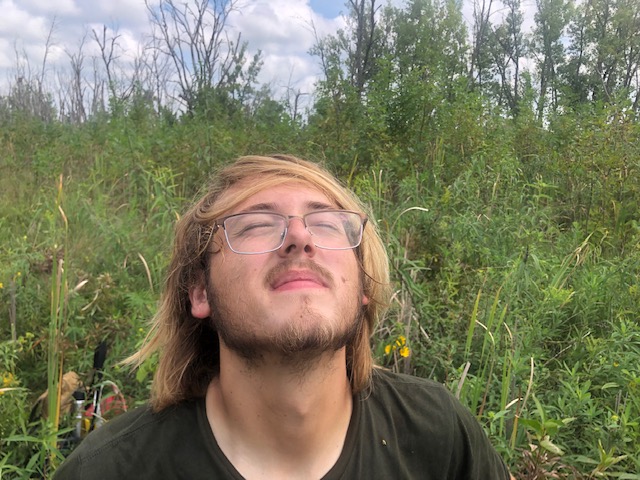

Favorite Prairie Plant: Clasping Milkweed (Asclepias amplexicaulis)
Favorite Prairie Animal: Thirteen-lined Ground Squirrel (Ictidomys tridecemlineatus)
Favorite Spot at Midewin: Sand Ridge
Favorite Seed to Collect: Sideoats Grama (Bouteloua curtipendula)
Logan on collecting Bouteloua curtipendula, “It rolls off the tongue and falls off the bone!”
Logan on himself, “I get that I’m a rambunctious little critter…”
Jonah

Favorite Prairie Plant: Water Hemlock (Cicuta maculata)
Favorite Prairie Animal: Eastern Massasauga (Sistrurus catenatus)
Favorite Spot at Midewin: LAP 1
Favorite Plant to Kill: Reed Canary Grass (Phalaris arundinacea)
Jonahcore quotes: “It’s Poa, what you on dude?” and “What?” It is too hard to explain the context of most of our interactions with Jonah, so I won’t really try.
Gabriel
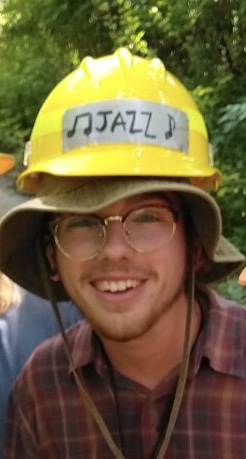
Favorite Prairie Plant: White Wild Indigo (Baptisia alba) or Prairie Dock (Silphium terebinthinaceum) or Midwestern Arrowhead (Sagittaria brevirostra)
Favorite Prairie Animal: Northern Leopard Frog (Lithobates pipiens)
Favorite Spot at Midewin: Sand Ridge
Favorite Seed to Collect: Purple Prairie Clover (Dalea purpurea)
Favorite Plant to Kill: Phrag (Phragmites australis)
Gabriel on protecting remnant prairie from being mowed by the city, “Dude, you should chain yourself to the Silphium out there!“
Gabriel on environmental awareness, “People probably know more about the Amazon getting destroyed than the ecosystems around them.”
Vlad
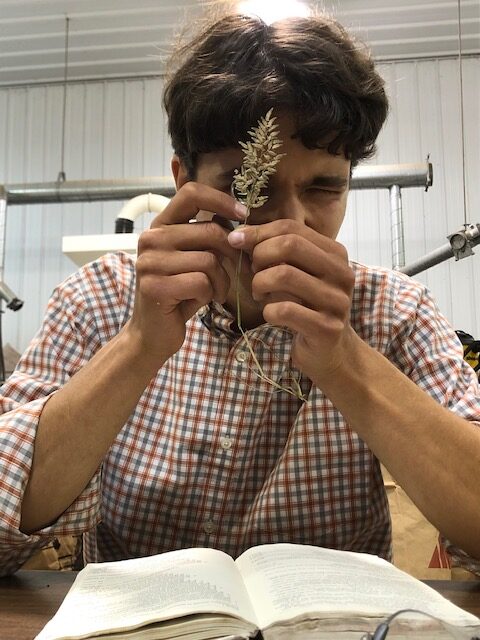
Favorite Prairie Plant: Virginia Mountain Mint (Pycnanthemum virginianum)
Favorite Prairie Animal: Eastern Meadowlark (Sturnella magna)
Favorite Spot at Midewin: Oxbow Wetland
Favorite Seed to Collect: Plains Oval Sedge (Carex brevior)
Vlad on things that are Jonahcore, “That’s so Jonahcore.”
Vlad on choosing his lunch, “I’ll select my fish tomorrow. I mean I know I’m going to bring my eel. I’ve nominated my fish. But I’ll formally select it tomorrow.”
Jessica
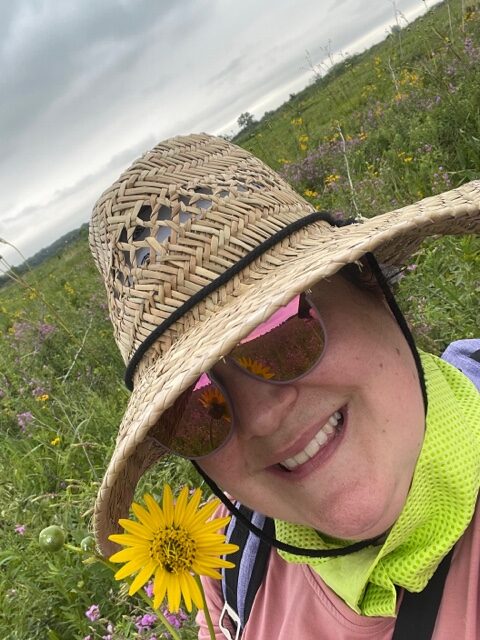
Favorite Prairie Plant: Marsh Blazing Star (Liatris spicata)
Favorite Prairie Animal: Greater Prairie-chicken (Tympanuchus cupido) or Bison (Bison bison)
Favorite Spot at Midewin: Lobelia Meadows wetland
Favorite Seed to Collect: Gray-head Coneflower (Ratibida pinnata)
Jessica on going to the bison pasture, “You guys can collect seed, I’m gonna collect a baby bison.”
“
As of late, I’ve really been enjoying looking at seeds under the microscope to test their viability. It also makes for some interesting photos.

Logan and I checked out a nearby creek while we were seed collecting and found that we were in the presence of a very industrious beaver. While we didn’t see the creature himself (we assumed he was asleep in his lodge), evidence of his nightly toils could be seen all around us. We observed a series of dams throughout the creek, a network of well-traversed paths on the banks, and many trees that the beaver was currently trying to fell. We think that this might be a particularly ambitious beaver because one of the trees he was working on was a comically large cottonwood. Anyways, he seems like a cool guy and maybe we can have a beer together sometime.
